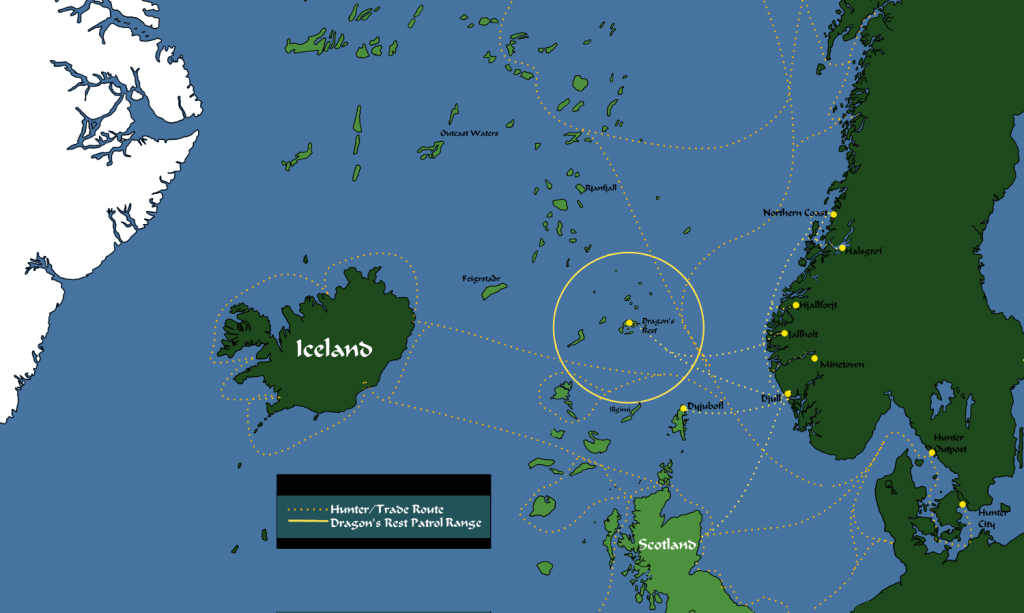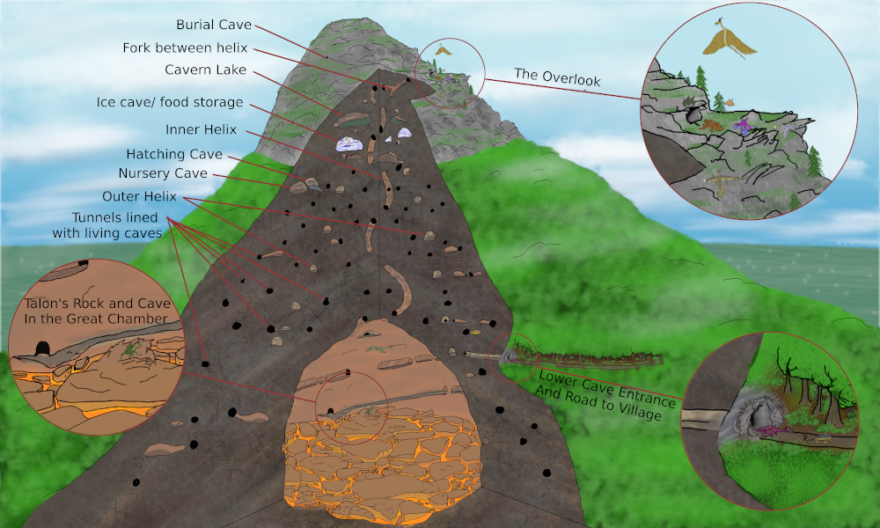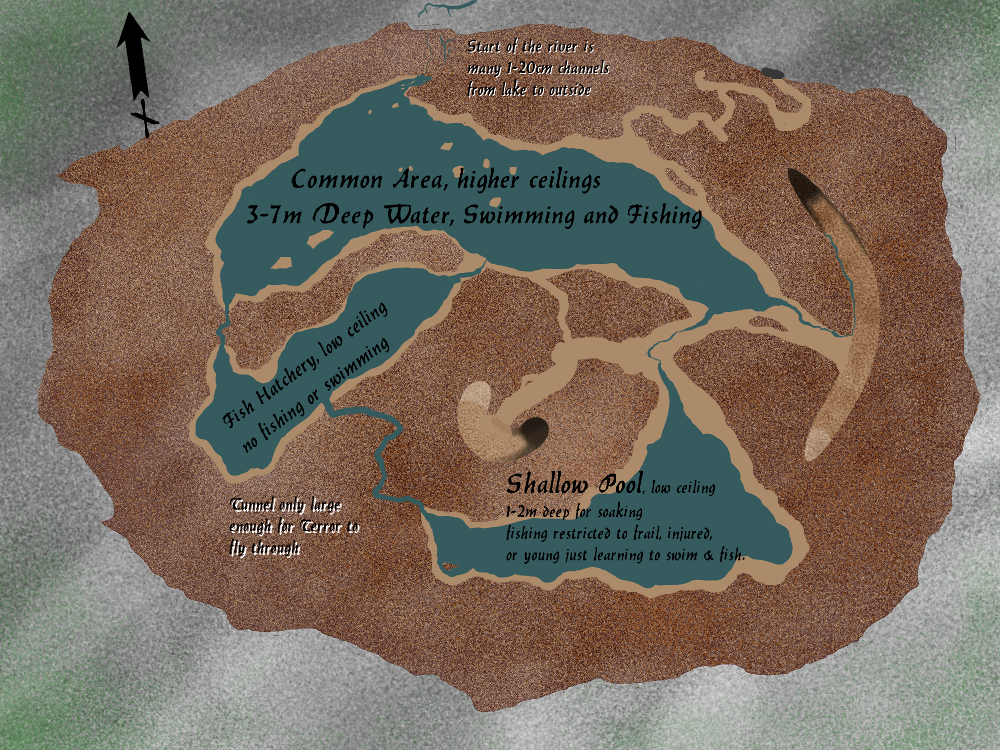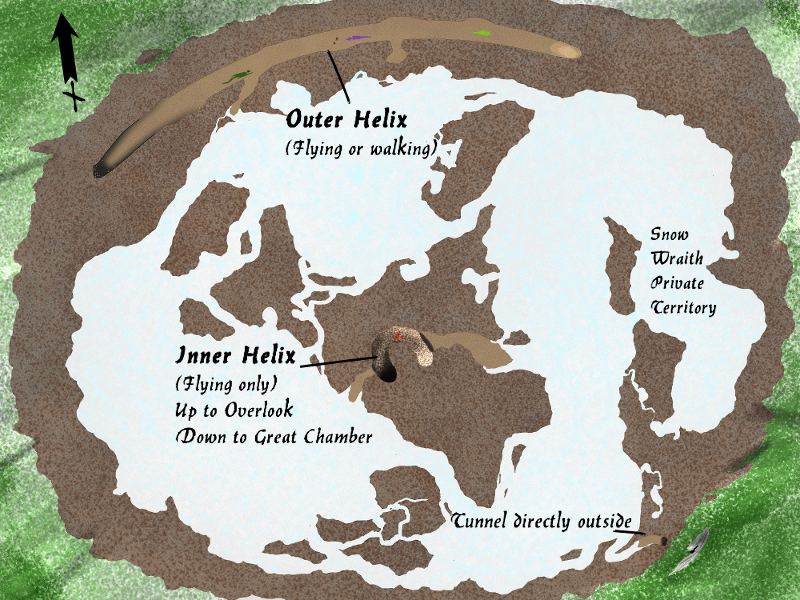DON’T WORRY! WE DO NOT EXPECT YOU TO MEMORIZE ALL OF THIS!
Because Dragon’s Rest is an original setting, there are quite a number of unique settings created for the world. These details grow as the server grows and are provided in detail here for you to use in roleplays and are presented in detail with cross referencing here rather than on the server to make them easier to browse. Click on a link below to jump to that area’s information.
World Map and Trade Routes
The below map depicts the world of the vikings during the Dragons Rest and HTTYD eras: The Greenland Sea. In the south surrounding the area of Scotland you will note a small yellow circle – this is the area patrolled by Dragons Rest dragons and dragon riders.
In the southeast corner outside of Brutish waters are the home ports of the dragon hunters. They have many outposts elsewhere that come and go as their needs change, but the trade has grown many large villages and cities with ports to build and refit ships as well as to reach markets far away.
Far to the north of this map, one would come to Berk and their allies and enemies. Hiccup and Toothless would someday travel farther south than any other vikings they met and yet never reached any point on our map.
Connecting communities and areas are dotted lines which indicate shipping routes. Golden dots indicate hunter and trader routes while the lighter yellow dots are specifically routes used by the Brutish tribe.
More of the world beyond this sea exists, with different dragons unique to other regions and massive empires forming on various mainlands. The vikings have not yet explored these although traders bring back stories of Byzantines, Franks and Britons and the remains of a crumbled empire that was known generations ago as Rome.
The Island Ring of Dragon’s Rest
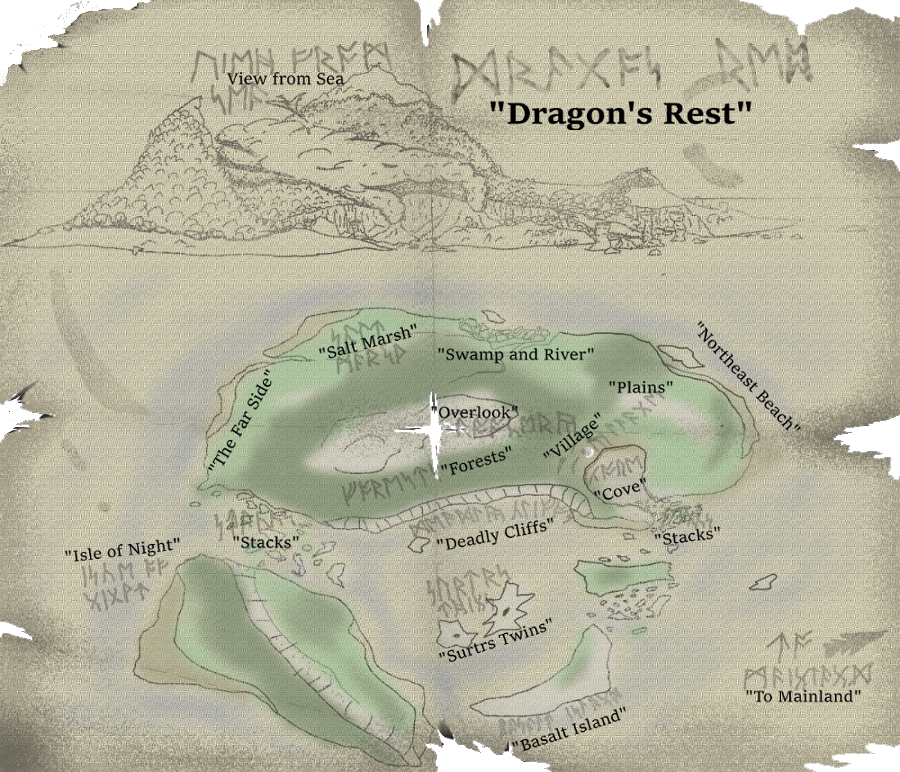
Five days sailing north of Scotland and three days good sailing west of Djull will be found a ring of islands known as Dragon’s Rest. Fearing the wrath of the fire giant Surtr, vikings had avoided this formation for generations due to the pair of constantly smoking volcanic cones at the center of the archipelago which have become known as Surtr’s Twins.
The island chain was formed long ago when a much larger island volcano erupted. Four major islands now exist in the range:
The Main Island
Measuring about 5 miles wide, a large single mountain peak dominates this formation with stairstepping cliffs making their way down from the base of the mount. This island hosts the majority of the dragon population as well as being home to the viking village. Much of the island is covered by dense forests, however north of the village and along the northern coast are beaches, marshes, rivers and grassy plains. A wide cove with a narrow mouth provides protection for the village fishing docks. On the village side of the mountain face are trails and entrances to an elaborate tunnel network where dragons live safely within the mountain.
Isle of Night
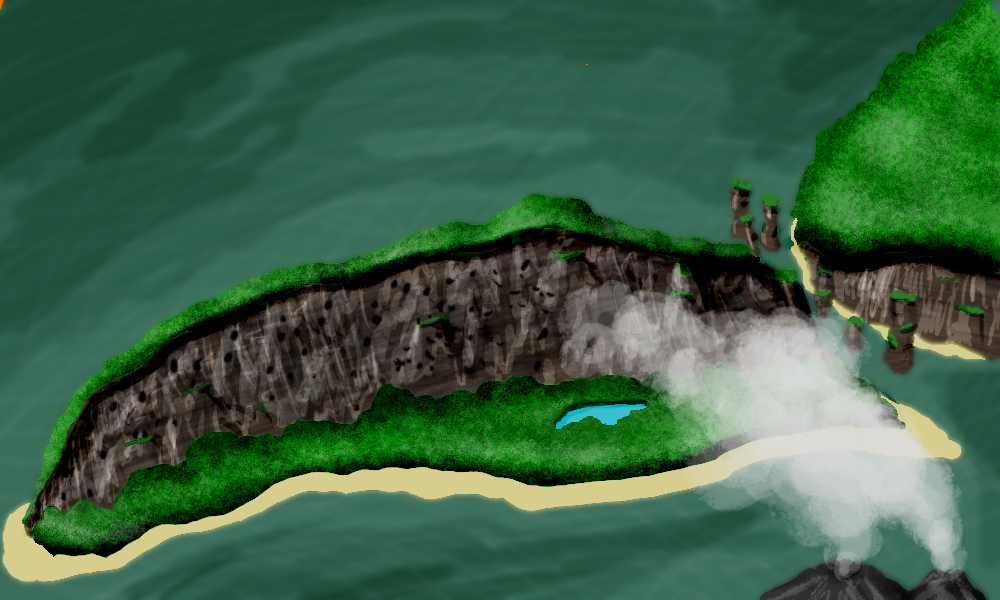
The next largest mountain is all that remains of the original island’s southwestern slope. The inside of the island faces the other islands and was once part of the volcano crater but has since crumbled into a curved cliff face with a shallow forest area below. A large freshwater lake and wide beaches along the water warmed by the nearby active cones. The cliff is pockmarked with holes that serve as dens for the rather private Fury species who reside there. Other species of dragons rarely feel welcome here for long.
Surtr’s Twins – The “Volcanic Basin”
Two small volcanic cones rest between the other three islands. About half as high as the cliffs of the Island of Night, these peaks constantly eject a faint stream of smoke which tends to drift toward the west and provide shade over the Island of Night. There are small sulpher vents present which keep vikings away from the formations, but they are largely insignificant. The slopes of these miniature mountains are very rocky and always warm, and stoker class dragons tend to enjoy sunning themselves there.
Basalt Island
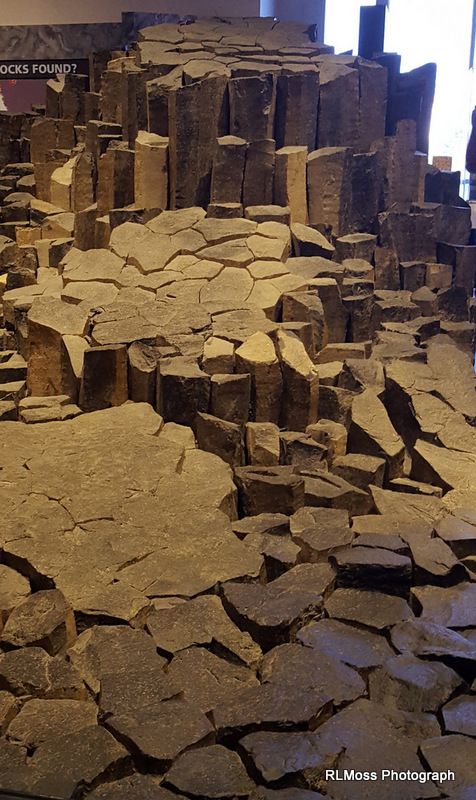
The unique columnar volcanic basalt formations make up most of this island, which is only about six feet above the water on the south side and shallowly slopes into the water where it ends submerged about 8 to 12 feet deep on the inside edge of the island. This makes for a good and relatively calm spot that dragons can rest to partially submerge themselves in the warmer ocean waters without dealing with many waves.
Northwest Swamp and River
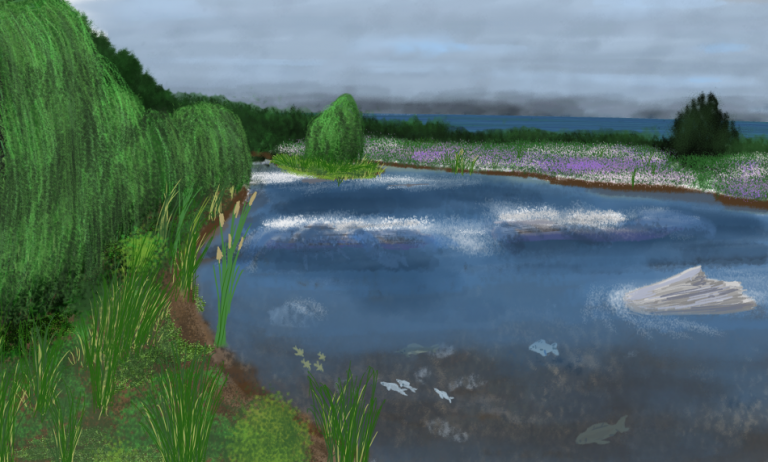
Springs near the top of the mountain and at various points along its northern face feed streams which combine into a small river and dump over several small waterfalls before reaching the ocean. The combination of warm and cool springs means that a wide variety of fish live in these waters, although not always in the same spots along the waterway. With several springs very productive, it is a moderate flow but a generally shallow river, however various rock ledges and dips in the landscape allow for some rather deep areas, enough for a dragon to submerge themselves at some points or humans to walk across only knee-deep at others.
While a portion of the water from the river flows directly into the sea, some near the shore instead spills into a calm swampland separated from the ocean by sand dunes. The swamp travels along the coast toward the west before dumping into an even muddier salt marsh as a series of rocky brooks. Several species of fish and snake preferring to live here.
Below are some real-life locations that have inspired these settings.
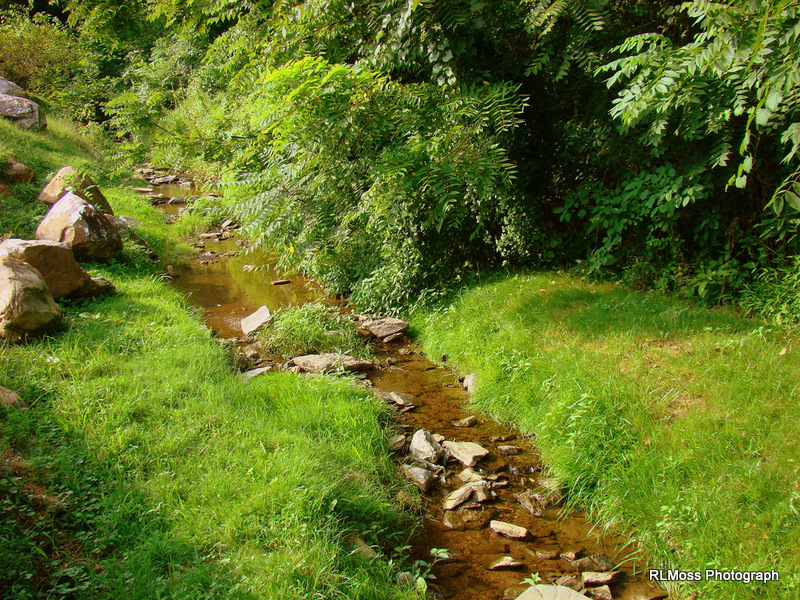
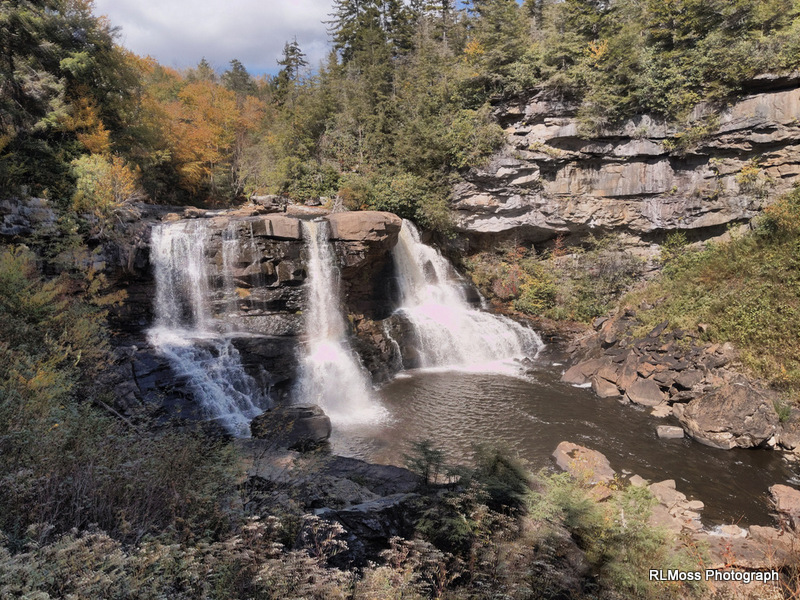
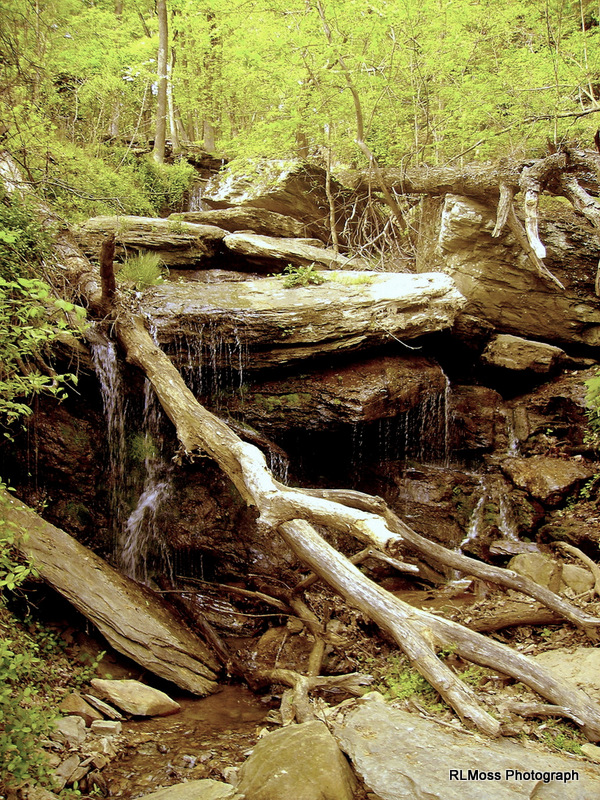
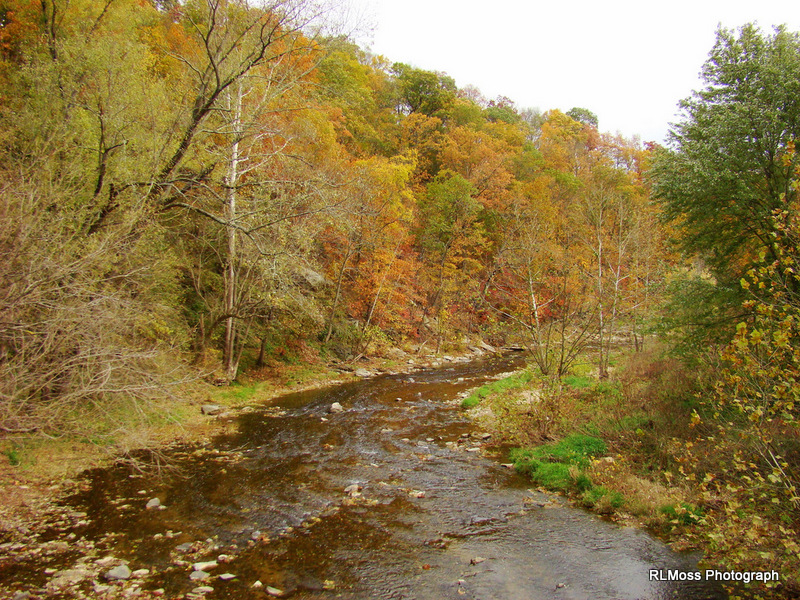
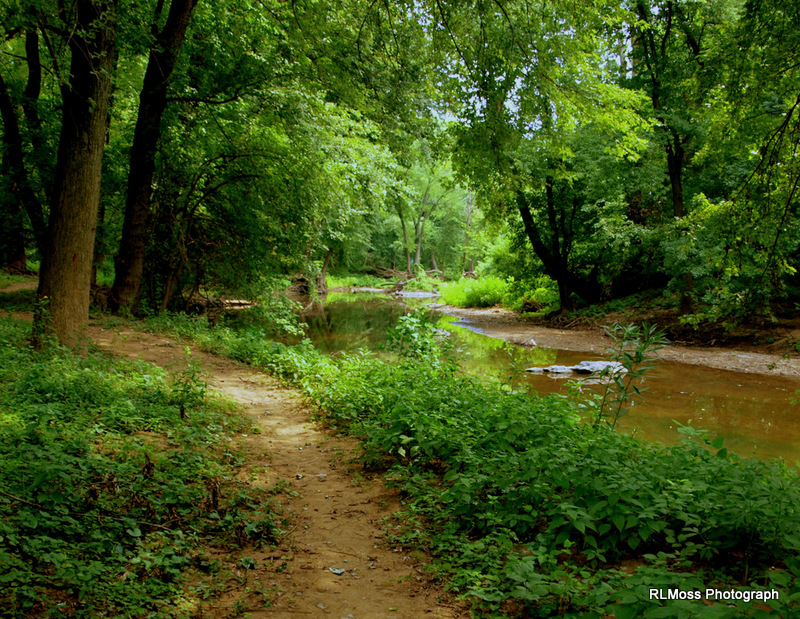
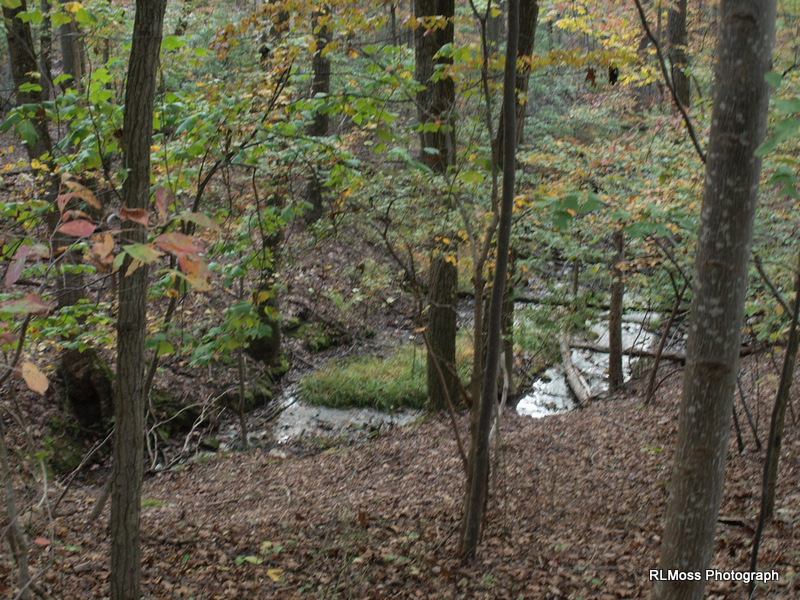
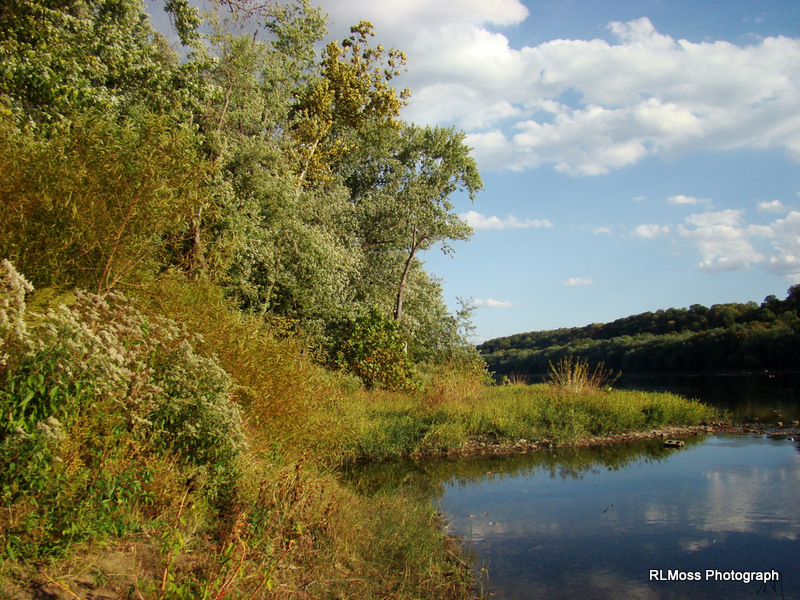
Northern Salt Marsh
To the west of the river’s mouth is a shallow marshy area where the beach to the east has faded to mud and grass. Crustaceans are often found here but it is a dangerous place as even some dragons who are not accustomed to moving in mud can become stuck. Few dragons, however, could sink deep enough into the mud to drown. It is a very dangerous place for vikings as they can sink completely into the mud with no chance of escape.
The swamp and marsh areas are inspired by these real life locations.
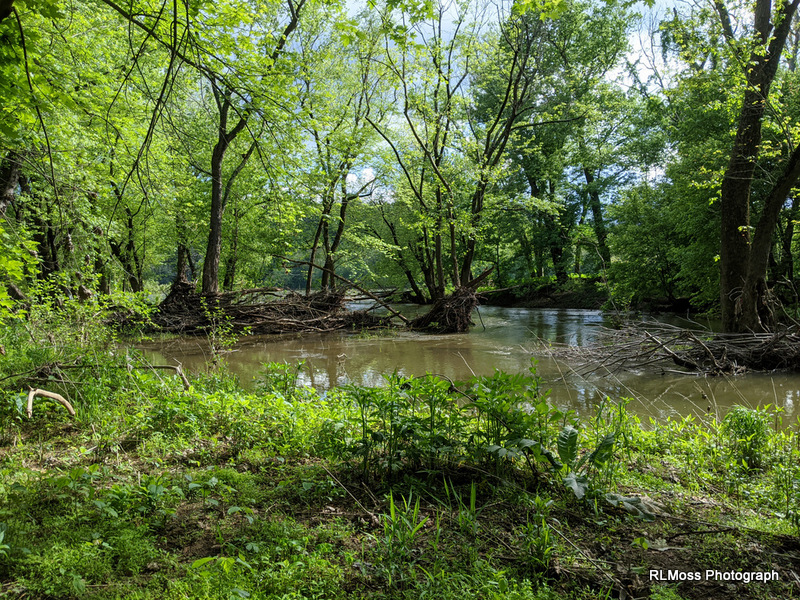
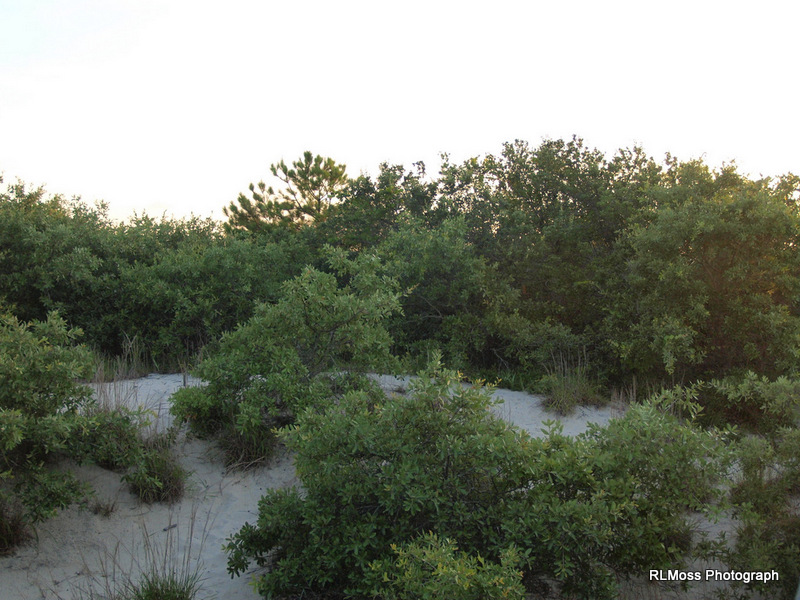
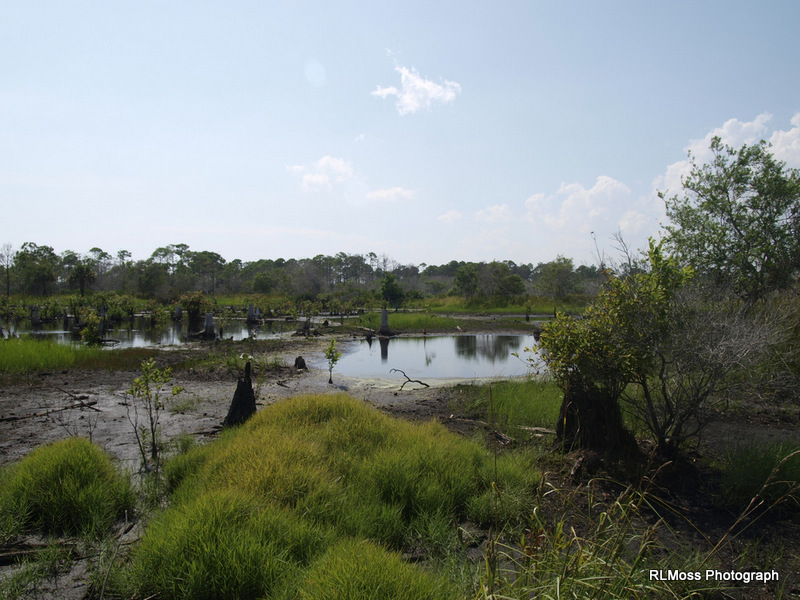
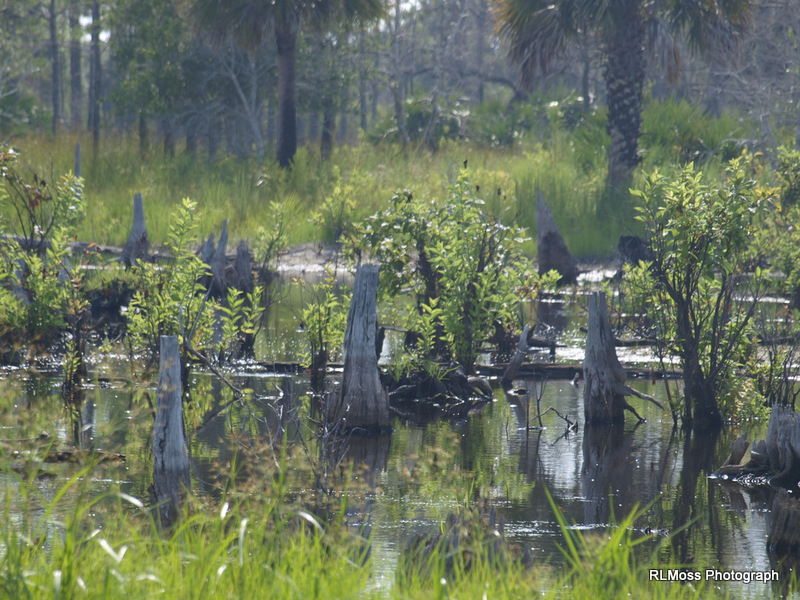
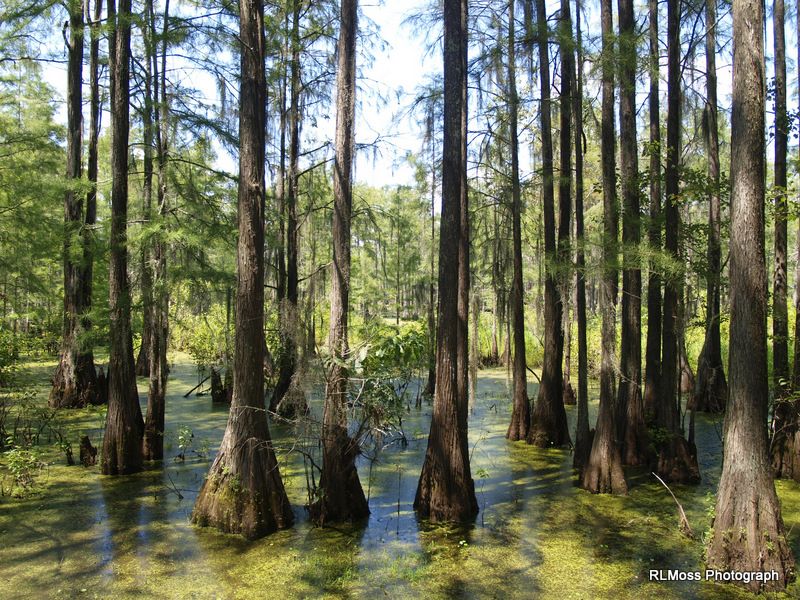
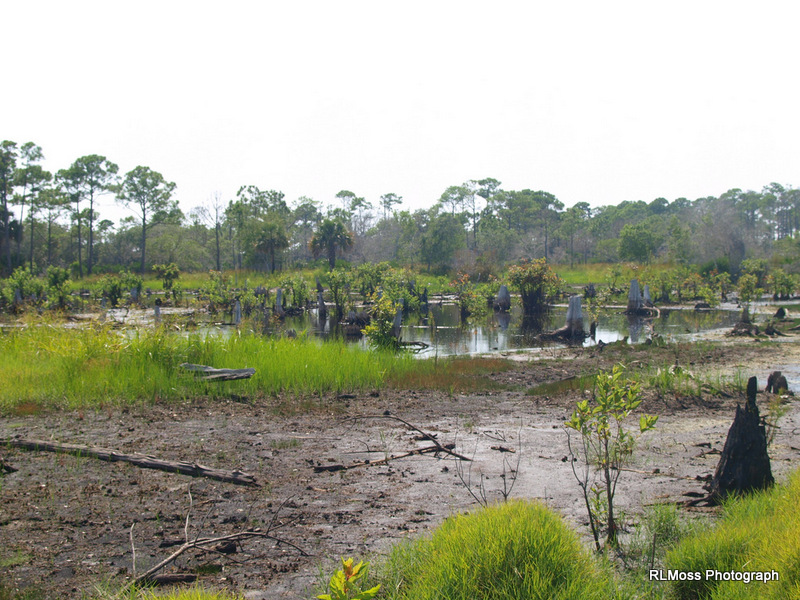
Northeast Beach
North of the village and nestled between the marshlands to the north and the cliffs lining the cove to the east is a large and relaxing beach. High dunes fade into the hilly plains toward the village and forest. Below the dunes is a mixture of rough, gritty sand and fine powdery sand depending on the recent weather.
The beach is very shallow but after a distance drops at a steep shelf causing some strong wave breaks at times. Several large rocks protrude from the sand serving as good perches for dragons who wish to enjoy the sound of the crashing waves and feel the spray of the salty water as the waves break upon said perch.
Some of the more rocky areas of the dunes may have small caves but these tend to fill in with sand from time to time when storms pass.
These photographs have inspired some elements of the beach.
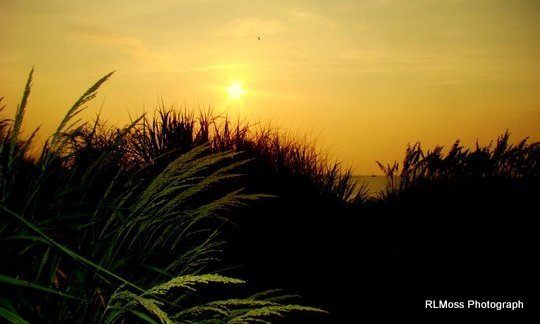
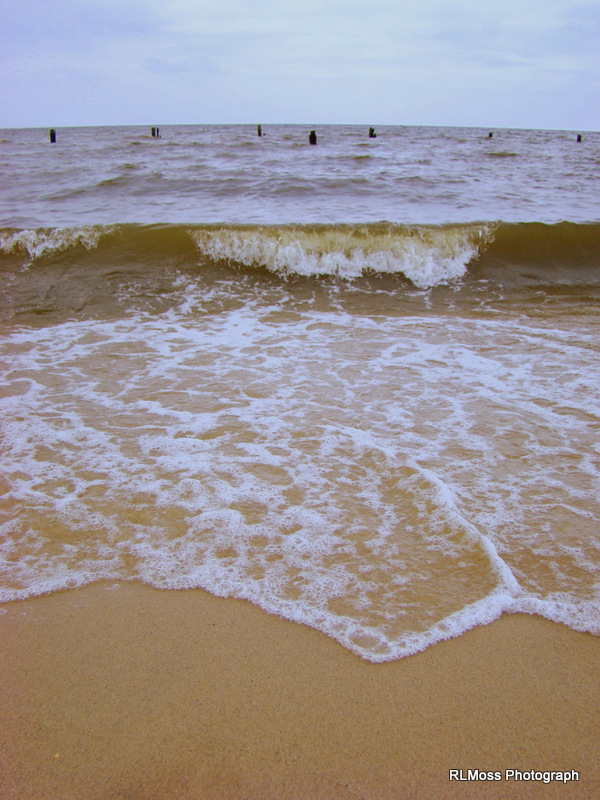
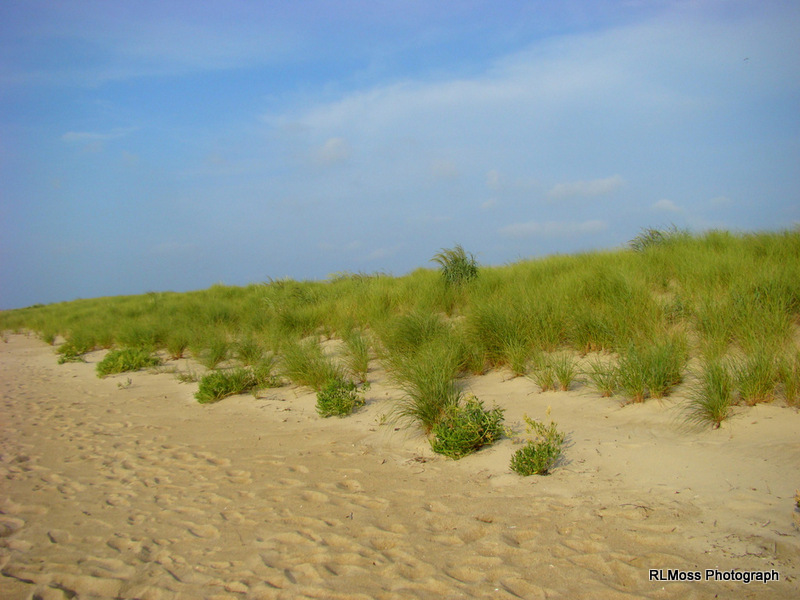

Forest and Plains
From near the top of the mountain and all the way to the edge of the village and plains can be found a dense forest. The forest is a combination of oaks, maples and evergreen conifer trees. Many of them are very large and old although there is considerable new growth. Edible nuts and berries can be found in the forest as well as a surprising amount of wildlife.
The plains between the village and northern swamps are mostly made up of tall waving grasses, rustling heather and various shades of lavender and aster flower beds. There are also some plains areas along the west slope of the mountain between the river and some of the northernmost swampland.
The grasslands and wooded areas may look something a bit like these real life locations.
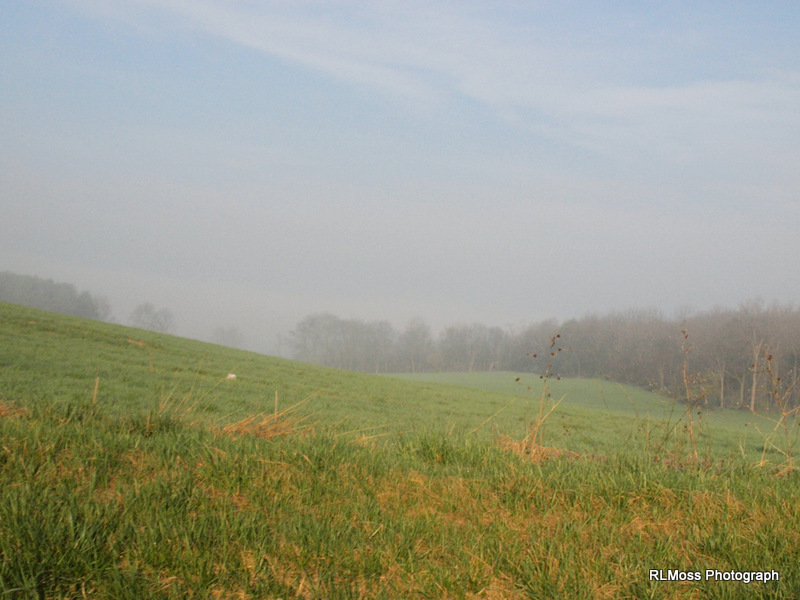
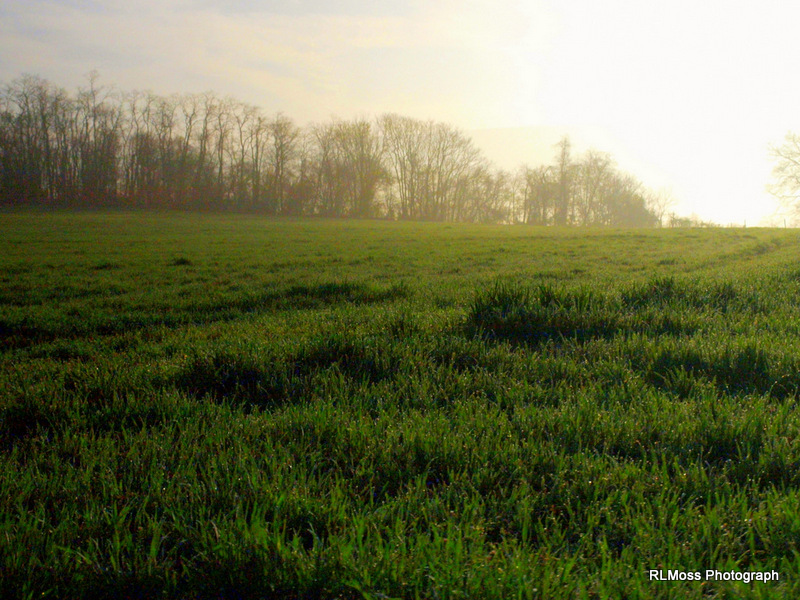
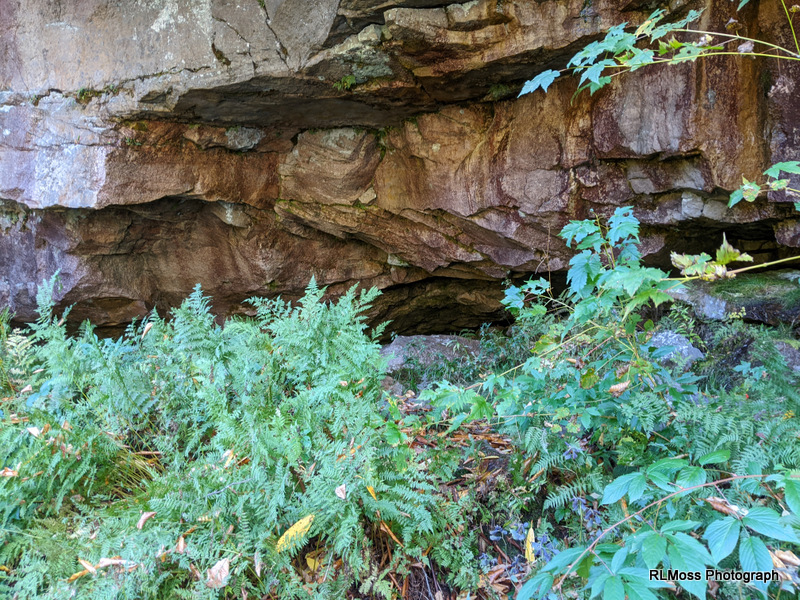
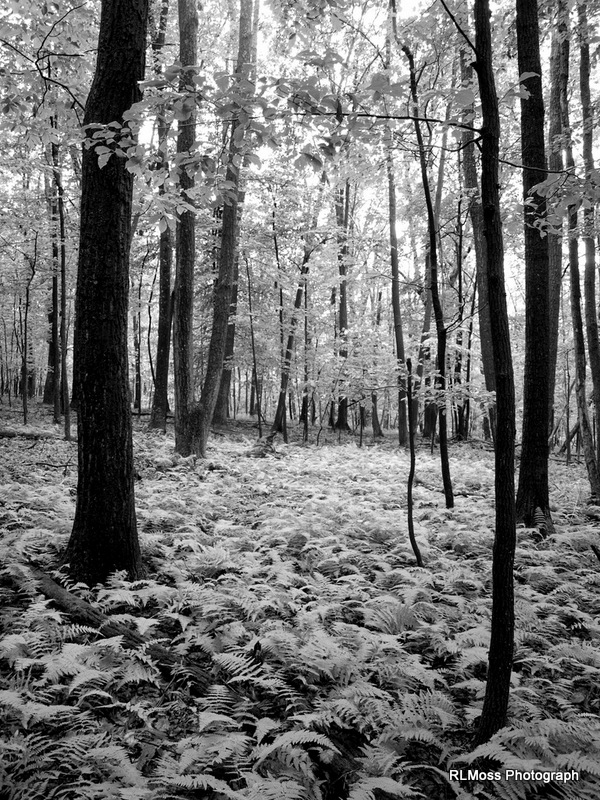
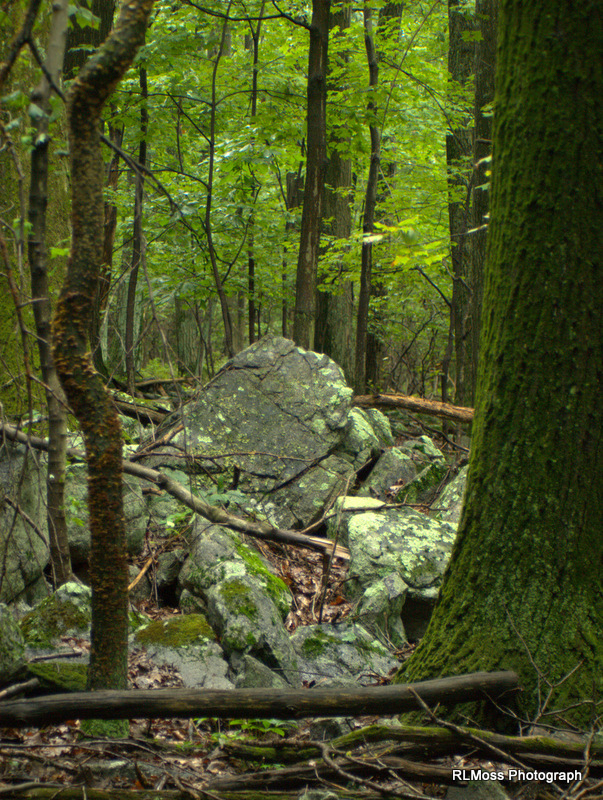
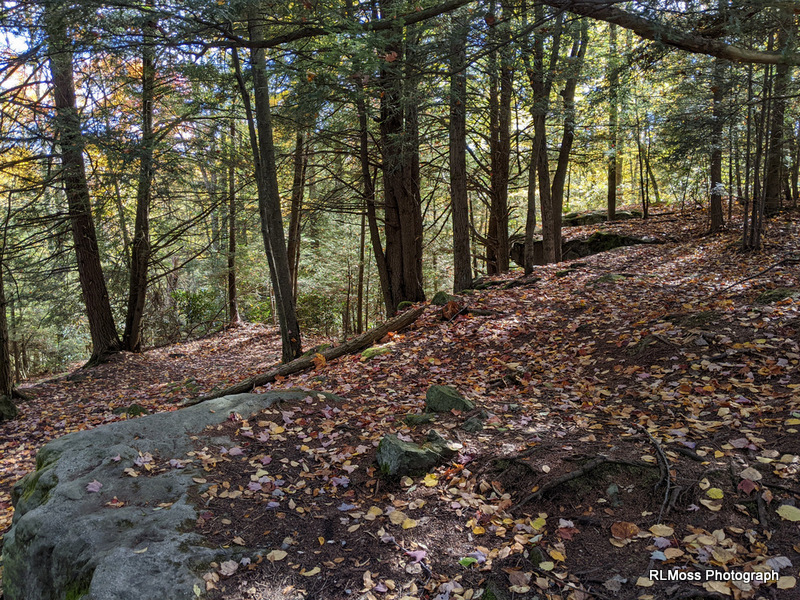
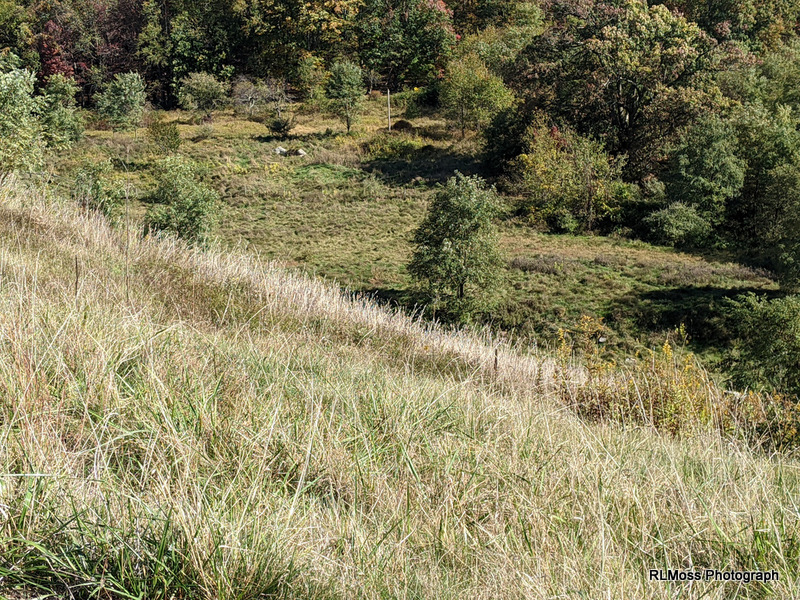
The Village of Dragon’s Rest
- Village Proper
- Docks and Cove
- Merchant Market Docks
- Butcher and Della’s Dragon Clinic
- Alehouse
- Smith & Lesson
- Bakery & Farms
- The Point
This village was founded only a few years ago. Meant originally as an outpost intended to protect the island’s dragons from hunters, it has grown into a full village with several hundred residents. It was an effort by the Brutish tribe to advance their relatively newfound desire to see that dragon species were protected from the growing threat of dragon hunters.
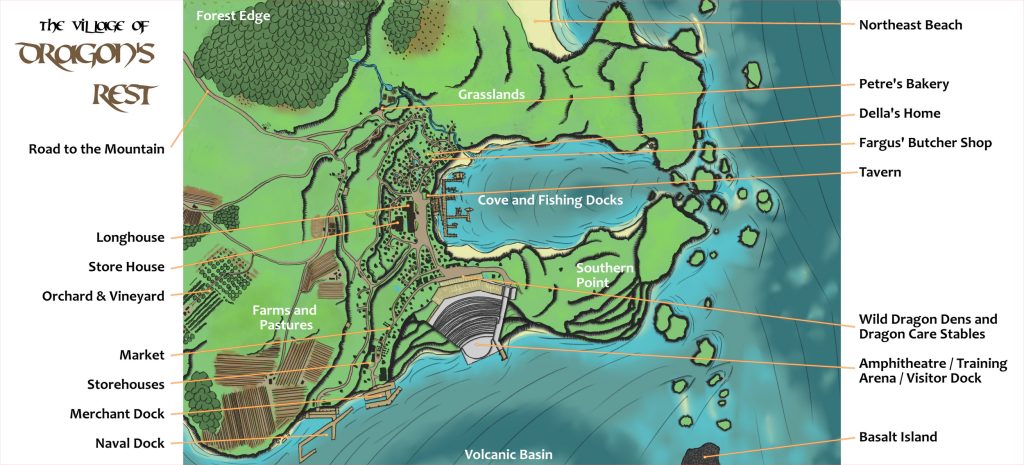
Dragon’s Rest is built along a lower slope of the east edge of the mountain island, where fairly level ground exists between a series of 10- to 20-foot-tall cliffs form a series of scarp slopes . A cove with a dangerous and rocky entrance made of sea stacks and jagged rocks protects the core of the village and the fishing docks, as only those experienced with the terrain can navigate in or out, and a cliff face up to three stories tall separates the water from the lowest level of the village.
Today the village has several hundred residents (including children). Some have learned to ride dragons or at least befriend them in order to make life and work duties easier, and a few of these riders have developed very strong relationships with a chosen dragon.
Some wild dragons mingle with the villagers and the “ridden” dragons, and will at times assist the villagers to complete tasks in exchange for food or attention.
Some Real Life Inspirations for Construction
Log and stone construction is most common. Walls of stone can be used to divide property or hold up hills.
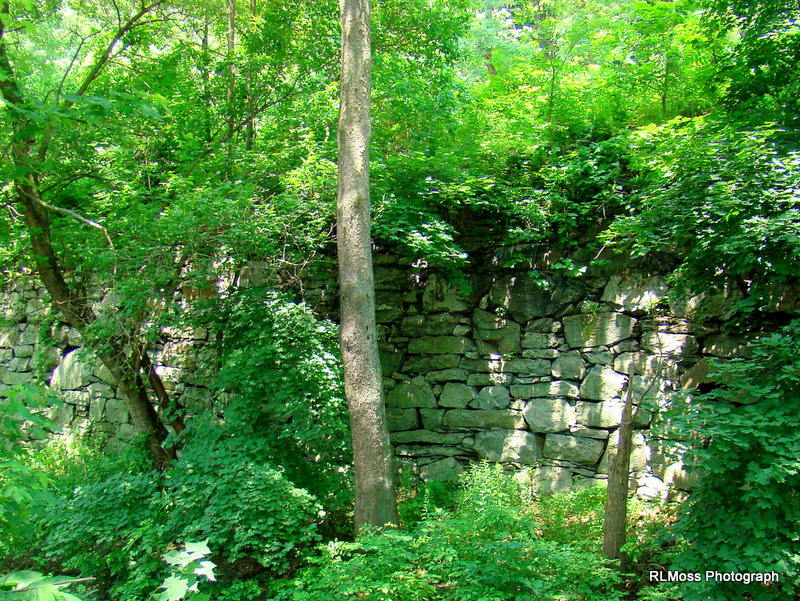
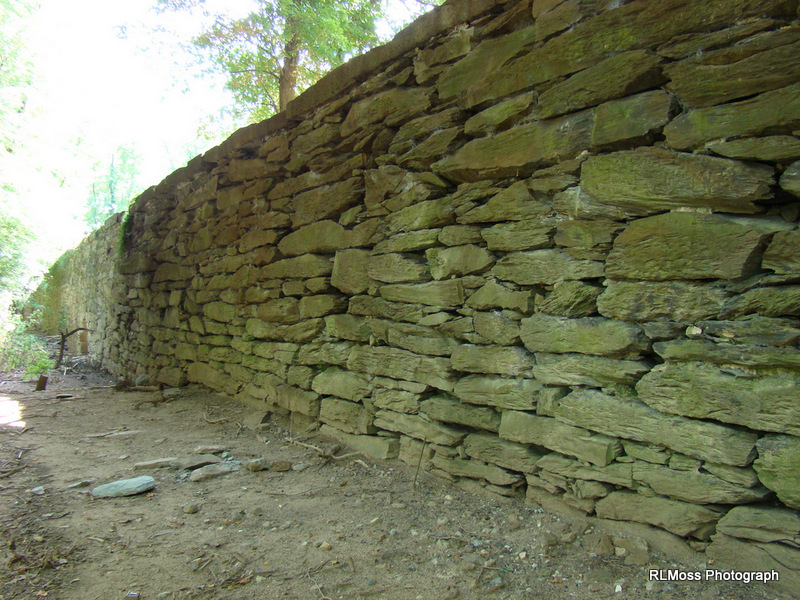
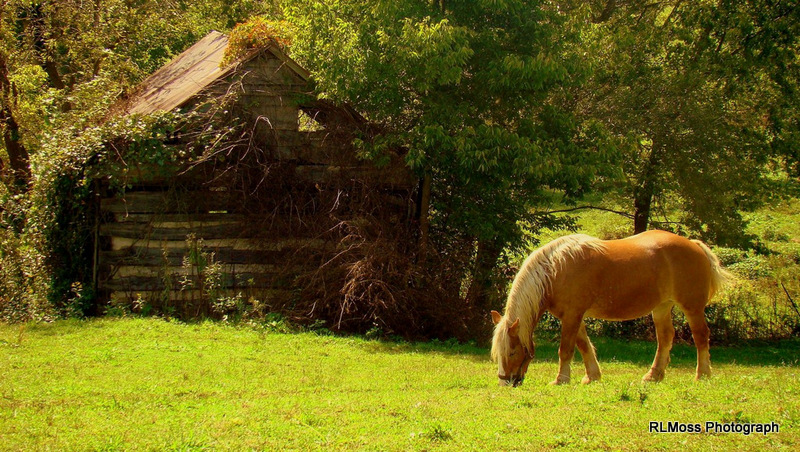
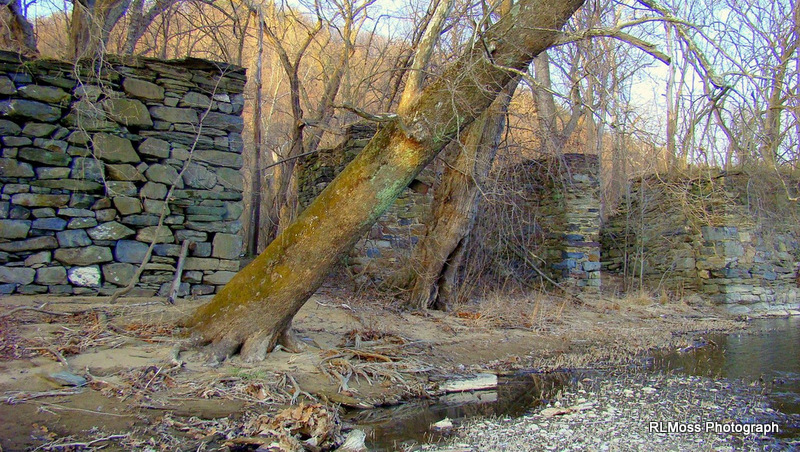
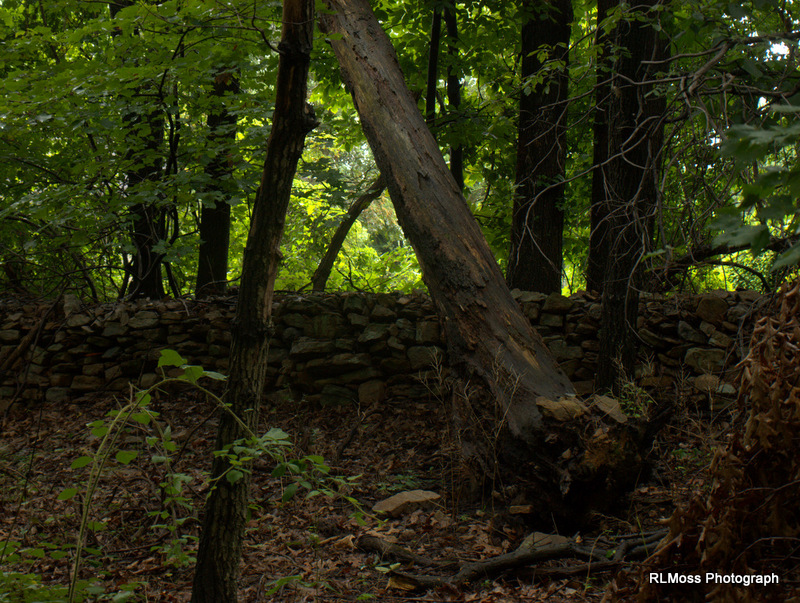
Village Center and Longhouse
The core of the village exists at the lowest and widest level of the escarpment over the cove. Dozens of homes are built here on this lowest level, but it is dominated primarily by an open plaza area, communal buildings, a marketplace, and storehouses.
The plaza is a mostly dirt and gravel area between the fishing docks, village tavern, and a massive longhouse which serves as the Great Hall and centerpiece of the village. The longhouse structure itself is mostly wood and dense thatching, with the foundation, chief’s residence and planning room constructed of stone. The roof is a mix of thatch and stone tile. Some of the wood and roof tiles were recycled from the large open pavilion which originally stood on the site. Perches for dragons have been built about halfway up the large roof slopes on each side.
The Great Hall Longhouse and plaza is the location of the daily community supper, village meetings and the central point of feasts and celebrations. It is also where the chieftess resides, where meals are cooked, where vikings can live while their huts are being constructed, and is large enough for some dragons to enter among the vikings. There is a preparation area for food in one end of the structure and a large stone fire pit down the center of the structure venting through narrow openings in the roof.
Several storehouses and a prison are located beyond the central housing area of the village on this level, as is the armory. A road south from the plaza splits at a fork traveling to a training arena and dragon stables to the east, or through a marketplace area and past several storehouses that stand alone or are built into caves into the cliff face. At the cliffs just south of these storehouses are ramps to a second set of docks, where there is room for up to 6 visiting trader ships at a time to dock and set up wares in small permanent booths on the dock or allow customers to board their ships and shop.
The next several successive layers have their own clusters of homes, bakeries, shops and manufacturers of various kinds. The second level also has barracks for single warriors and a third dock beside the traders dock where the island’s warships can dock.
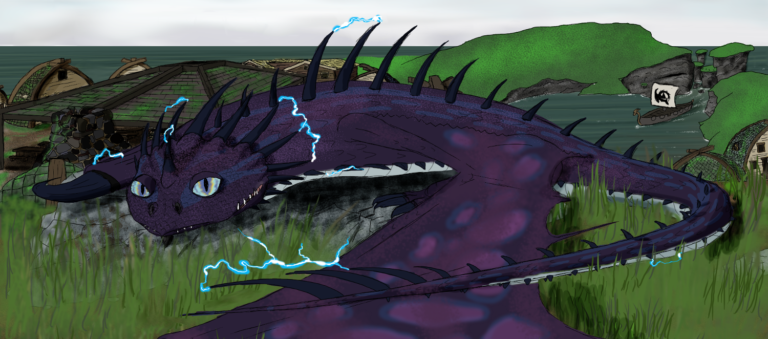
Docks and Cove
Not far from the entrance of the great hall and off of the corner of the plaza is a wooden ramp which turns once and doubles back on itself once while traveling down along the wall of the cliff to a series of sturdy docks at the base of the cliffs. The docks are protected from heavy waves and potential enemies by their location within a large cove that is only accessible through a narrow pass between two cliffs.
The cove is a popular place for dragons to scare fish from the sea in order to catch them. Some dragons lounge on the rocks overlooking the inlet to the cove as if protecting the village from threats.
There are many ships coming in and out of the docks. Most of these are fishing boats owned by members of the village. Occasionally allies of the tribe also enter the cove if they plan for extended stays, but most visitors are not allowed here and risk crashing into the rocks if not shown the way into the cove through the maze of seastacks. Brutish longboats and smaller captured hunter ships also are often docked here.
The below reference images offer a few real-life inspirations for some of this landscape.
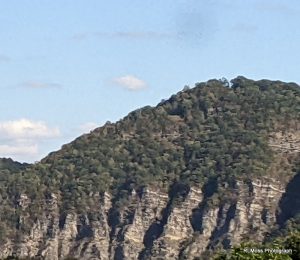
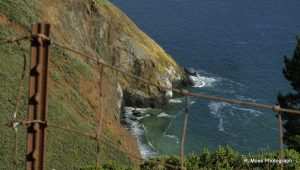
Merchant Market Docks
Between the main island and the basalt island, a newer dock has been built at the bottom of the tall cliffs there. A zigzagging wooden ramp on heavy scaffolding is built to connect the dock with a road straight to the village square. A winch is installed at the top of this ramp to lift heavy loads from the ships below to the top of the ramp.
These docks are used for all new traders and merchants as well as any who are only making short stays and do not need to come into the village or risk the dangerous rocks of the cove mouth. There is room for 4 large merchant ships at a time or as many as 6 smaller merchants to dock. Booths and shelves are built on the docks to allow the visiting sellers to display their wares in a more organized fashion.
If there is an attack a portion of the ramp is designed to be cut loose to limit access to the village from this port of entry.
Beside the Merchant Docks, another dock is dedicated to the island militia, warships always docked and ready with barracks at the top of the ramps for those unmarried viking warriors not already living on the boats.
Butcher and Della’s Dragon Clinic
A short distance north from the longhouse are the residences of two well known neighbors. Fargus is the village’s primary butcher and will buy livestock from the farms and merchants and game from hunters as well as hunting for wildlife himself. He prepares much of the meat for the village gathering meals but also for anyone wishing to purchase his skillfully carved steaks, stew meats, ground meats and sausages. His shop can be identified by a large deck on the front of the structure facing the cove and ocean, and the row of white and pink heather bushes he tends as a hobby.
On the road behind the butcher shop is a two story home, a large door on the upper level serves as a primitive balcony. The resident of this hut, Della, dedicates her time and the loft in her home to the care of sick and wounded dragons. She has a strong knowledge of care, treatments and medications for dragons.
Alehouse
At the top of the ramp to the docks, atop the cliff overlooking the cove and just across the plaza from the longhouse is a proportionately large building made of light construction and sporting a simple thatched roof – both walls and roof sporting obvious repairs. This is the alehouse, where a barkeep stores and dispenses a variety of ales imported and domestic. Most are meads and wines of various vintages. This is a good place to find a quick and senseless brawl between vikings…or hear rather outlandish tales of adventure when too many drinks have gone around.
Blacksmiths and other Manufacturing
There are several blacksmith, tinsmith, leathersmith, and weaving professionals on the island among other people who have taken on a career converting raw materials into finished goods. These are scattered throughout the village, with businesses either beside or built in to their homes.
Bakery and Farms
The highest points of the village, the top two steps of the village cliffs and just along the present treeline of the forest, is where Petre’s bakery and many of the island’s farms and orchards are located.
Petre’s bakery may not be the only bakery but it is by far the largest and provides some of the more..interesting breads on the island including herbal, honey and seasoned breads. Petre also prepares “Dragon loaf” treats for dragons which are essentially large deep fried hot pockets filled with still-raw chum and butchers’ byproducts.
There are many farms across the island and as the forest is harvested, the farmland grows. There currently is a farm that grows primarily wheat and other grains for breads and animal feed which covers a good portion of the landscape along the cliffs overlooking the other islands. Within these fields in some of the harder and rockier areas an apple orchard and various berry groves have been planted as well as a vineyard for grapes.
A smaller farm grows herbs and vegetables for sale in a small market near the village center and another raises livestock for the butchers and families to purchase as well as for the village meals and milk delivery.
Between the bakery and farms are several homes and a road which leads to the mountain.
The Point
The point is a high, rocky peninsula jutting out from the bottom corner of the village. Over time the village housing may grow out to this area. Much of it is covered in grass but features cliffs on both sides which get higher the farther one walks from the village. On one side of these cliffs is the cove, on the other is the ocean. The very end has a small lookout shack for observing the horizon and any approaching ships. The sea stacks at the mouth of the cove are as tall or shorter than this point.
The Great Mountain
The most prominent feature of Dragon’s Rest, and especially on the main island, is the mountain. This towering mass dominates the landscape view for miles. Presumably the mountain was formed from the remains of the original volcano as an actively growing cone before the cauldera shifted its output slightly to form Surtrs Twins.

The mountain consists primarily of volcanic rock with veins of other stone and ores. While the top third of the mountain remains mostly barren of vegetation the remainder of the island is lush and mostly covered in dense forest that flourishes in the rich nutrients of the ash and humus soil. The north side of the mountain slopes very gradually toward the sea providing landscape for a spring fed river that winds down that side and feeds the marshland, the west side slopes more sharply toward a rocky forested water edge, and the south side facing the Isle of Night and Surtrs Twins is cut short dropping to the water with tall cliffs.
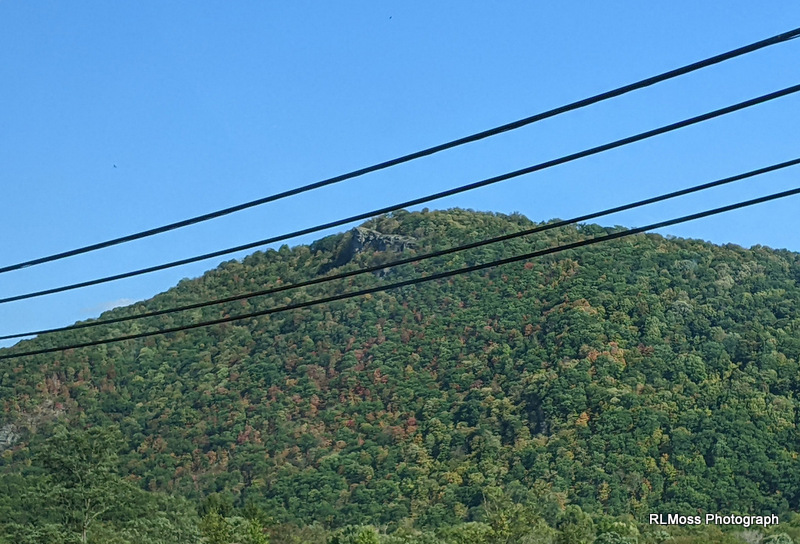
The mountain is the primary dwelling for dragons currently living inside of the tunnel network it contains, and quite a bit of room existing for more. There are various glowing fungus and phosphorescent rocks which help to light the tunnels along with the presence of fireworms who are constantly scurrying across the tunnel ceilings and walls in search of insects to eat. An isolated external cave on the western slope is the home to a fireworm queen whose children have small tunnels into the main cave network and can be found throughout the mountain.
The Overlook
The Overlook is sometimes also called the Rookery although that is sort of a misnomer as it is used more often for lounging than breeding. This feature of the mountain is the most popular spot on the exterior of the mountain and provides the best basking area on the mountain. A few trees surround a large rocky projection near the top of the conical landmass. Dragons are often found sprawled here around a wide cavernous opening into the mountain itself which serves as the upper entrance to the mountain.
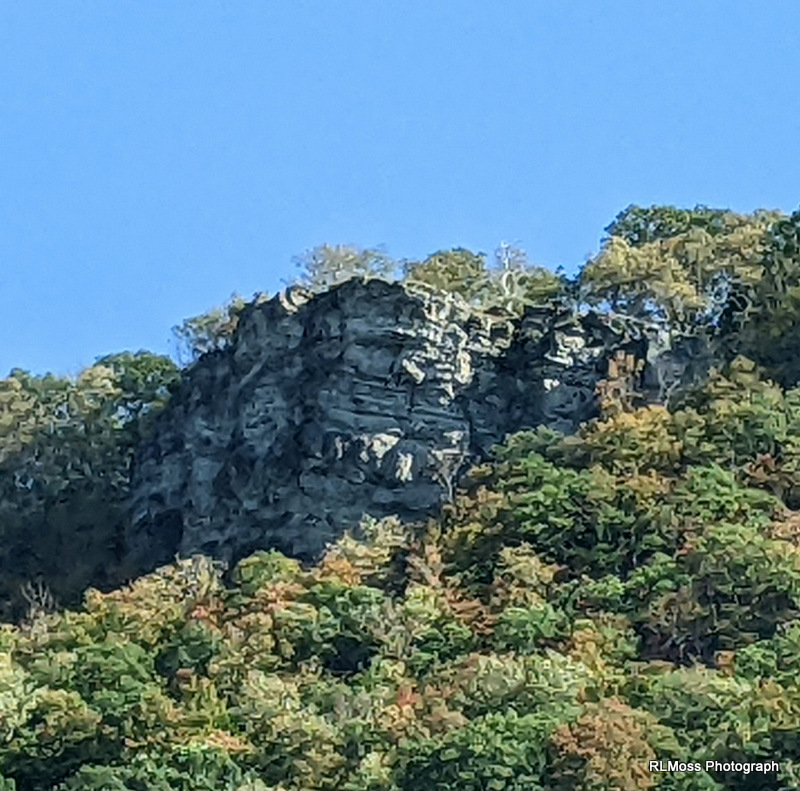
From the Overlook is a pathway winding around the mountain face to a smaller cave where the remains of dragons who have died on the island too frail or injured to seek Vanaheim or who were slain at the hands of hunters are kept. Another trail zigzags down the mountain, past several newer entrances to the mountain interior, and joins a road to the village. Another trail travels under the overlook rocks and continues to the top of the mountain where there is now a lookout tower for the village.
Mountain Interior
The mountain interior is an extensive network of tunnels and caves. These tunnels have been formed over the years by the efforts of various boulder class dragons, notably an elderly whispering death who no longer is able to continue her task of expanding the network.
Near the upper entrance mouth of the cavern system there is a vertical fork in the tunnel where one can choose a higher or lower path. Both of these paths are wide enough for most dragons to pass one another in flight at several points and equally wide enough for dragons to pass amidst lounging dragons on the ground or hanging from the walls. (Imagine the tunnel full of dragons when the Berkians smash open Dragon Island’s mountain near the end of HTTYD, but about half the size and with fewer dragons.)
If one were to select the upper passage, it only travels upward briefly before sharply dropping into an almost vertical spiral. This is called the Inner Helix. This winding tunnel is the most direct passage between the top and bottom of the mountain and connects the upper entrance of the cave to the ceiling of the Great Chamber at the base of the mountain. Being a direct connection with the volcanic core of the mountain there is occasional smoke traveling up through this helix. At many points along this vertical shaft there are places to land and enter other tunnels at various levels.
The lower of the two passages is the Outer Helix, a very shallow spiral which forms several miles of passageway coiling through the entirety of the mountain like a spring. This is the primary tunnel and all other tunnels and major caves are connected to it directly. Vikings who are allowed into the mountain must use this or the path on the exterior of the mountain to travel to different areas of the mountain. Many ledges line the walls and are dug into the ceiling of this tunnel for dragons to recline or reside if they wish. Near the base of the mountain it opens up into the wall of the Great Chamber where it makes 3 circuits around the walls of the room before coming to an end at Talon’s cave.
Many other tunnels which are too small to fly through for larger species and are only large enough for a couple of dragons to pass one another walking in most cases circle the helices within the mountain as rings at different levels and widths. These are all connected to the outer helix and some also connect to the inner helix. Each of these smaller tunnels is lined with dens and larger living caves for individual dragons or families to claim as homes. Some of these tunnels are reserved for the frail and injured so that the dragon healers and caretakers can best tend to all of their needs due to the number of wounded dragons rescued from hunters over the years.
Cavern Pond and Ice Cave
Not far from the rookery entrance near the top of the mountain are two large cavernous chambers which are connected to the outer helix. These are the Pond and the Ice Cave which both have their purposes for dragon food supplies.
The Cavern Pond is the uppermost chamber and is actually made of three independent chambers connected by tunnels. Each of these is fed by a series of springs running up through the mountain. Several very small holes from the edges of these form the beginnings of several small streams and the head of the river which all flow down the mountain to the ocean. It has arched roofs and strong columns left in place to support the top of the mountain.
Within this massive room is a water basin which could almost be considered a lake in size. It is divided into a fish breeding pond, a large fishing and swimming lake and a smaller shallow pond where young dragons learn how to swim and fish and the elderly and frail are able to safely and comfortably soak and catch fish themselves without worry of deep water. Freshwater fish are raised here and dragons are permitted to catch them for meals everywhere except for the breeding pond. This is kept well stocked by capturing live fish from the river and outside ponds to introduce to the breeding area.
Priority goes for the injured and ill however as there are plenty of sources for food outside the mountain for those more capable of hunting and fishing in less enclosed environments. This cave ensures some food source in case of an emergency which would cut off other food sources.
To further ensure food supply, an Ice Cave is located two rotations of the helix path below the pond. This is actually a series of cavern chambers which already existed as pockets from a prior volcanic eruption which were expanded and connected at several points when the tunnel network was built. The western chamber is very large and high, while paths to the other, shorter rooms are all sloped upward. The snow wraith has claimed a portion of the tunnels to the east side of the mountain which shares a similar ceiling level with the large west room however is significantly shorter due to a higher floor level.
Moisture from the springs which feed the lakes a distance above these rooms form icicles which very much appear like stalactites, stalagmites and columns of a traditional cavern and also allows the cave’s first resident, a Snow Wraith who is missing a wing, to maintain a snowy atmosphere within the caves.
Small openings that once formed to the outside were frozen shut allowing just enough light into the main rooms for the thick ice coating the walls to capture and distribute it giving the room an eerie blue glow when the wind from the tunnel to the outside and the tunnels connecting to the helix paths is not blowing the deep yet soft dragon-made snow around. At night, specks of luminescent green and orange rock give a much fainter glow in those colors to the rooms. Food from hunts on the island and abroad is sometimes brought here and what she does not eat is left to freeze solid and be coated by layers of ice and snow until it is needed as an emergency food source.
Healers and Nursery
Not far from the ice cave is a large cavern room which is directly connected to both helices and lined with many small den like caves. This is the Healers’ cave. The current primary healer is a Prickleboggle named Nesdara however she is kept quite busy and there are other healers within the mountain who care for the sick, injured and disabled dragons. Dragons recovering from severe injuries or who need to be kept under her close observation may stay in the dens here until they are healthy enough to return to their own dens further down the mountain.
Near the healers are a series of rooms which serve as a hatchery and a nursery. While some dragons nest with their own eggs in the dens, some dragons are unable to care for their eggs and at times eggs are rescued from hunters. These eggs are cared for by a partly blinded changewing female in a room kept warm by a steadily feeding hot spring. Several dragons serve in the two room nursery beside this where Tiny Tooth and Short Wing youngsters (one group in each cave) are kept safe and play together while their parents are out hunting or serving on patrols. Orphans sometimes grow up here although adoption does take place quite frequently as well.
Dragon Dens
Much of the mountain tunnel network is lined with dens of various sizes, most inside the tunnels but a few newer dens on the exterior. Some are simply a single cave just large enough for a medium sized dragon to sleep in while others are more than spacious enough for a family of large dragons to live together with several side caves for whatever storage or living uses they wish.
For the time being, there have been more than enough dens carved out for population growth. In time however more will need carved as the mountain’s population grows.
As the number of dragon riders on the island grows, it is not unlikely that some riders may wish to take up residence with their dragon in these dens instead of the village.
The Great Chamber
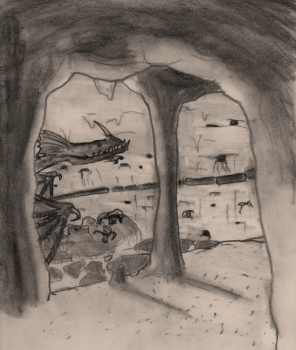
At the core of the mountain is an expansive bullet shaped cavern room known as the Great Chamber. This space offers enough room for several dragons to take flight at the same time, with various perches and tunnel openings along the inwardly tapering ceiling and walls. The floor of this opening is a constant lava flow filled with large hardened magma platforms which rarely change and do not shift under the weight of even several dragons. While all dragons and even humans can tolerate the heat here (at least for a time) it is most popular with stoker class dragons.
Between the number of fireworms that migrate here to warm up before wandering the other tunnels, and the lava’s orange glow, this is the best lit portion of the mountain network.
Talon has a cave which serves as his den near the floor of this room, as well as a tall rock which he uses as a throne when attending to disputes and handling colony matters.
Lower Entrance and Road
Just above the point where the Outer Helix opens up into the Great Chamber, there is a larger tunnel which leads to the lowest entrance of the mountain. In this opening near the base of the mountain, vikings have carved ornate dragon shapes into the rock around the tunnel mouth. This serves as an entrance to the mountain for vikings and its recent construction cemented the Alpha’s direction that the vikings of the village and the dragons of the mountain should try to work as if they are one colony.
outside of this cave opening is a road carved through the forest that leads directly to the village. Already some vikings have cleared more land alongside this road to build new huts and storehouses, slowly expanding the village toward the mountain.
These photographs show examples of what the road between the village and the base of the mountain might look like.
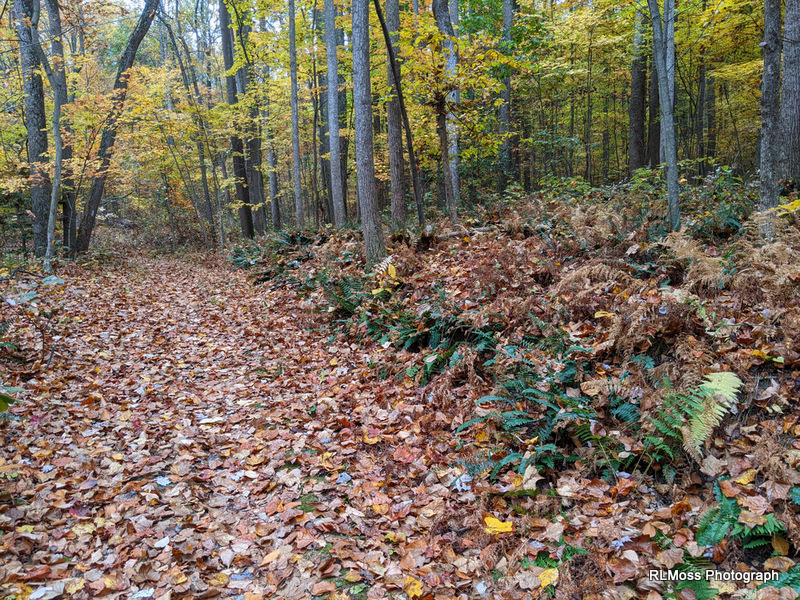
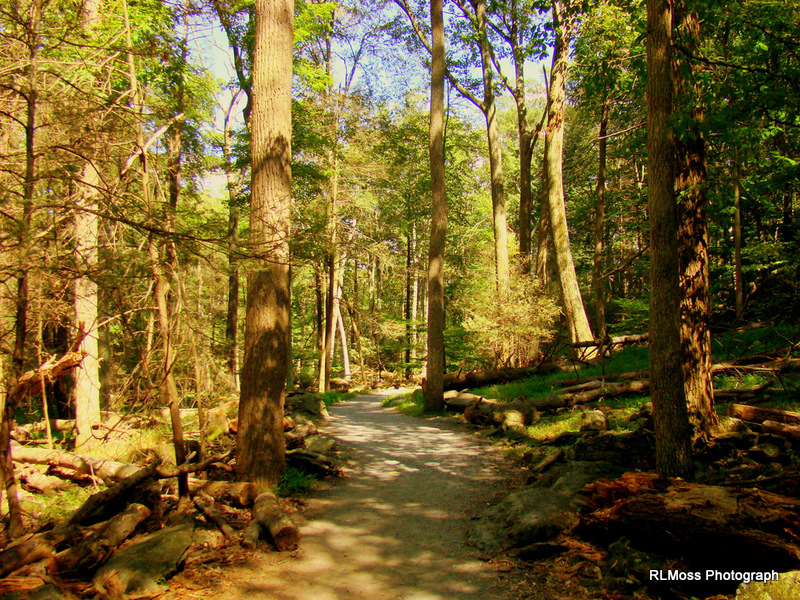
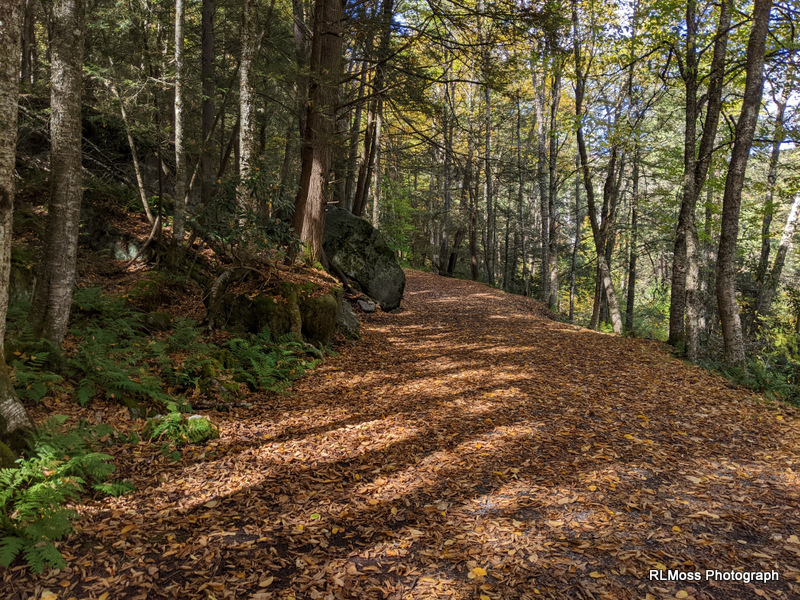
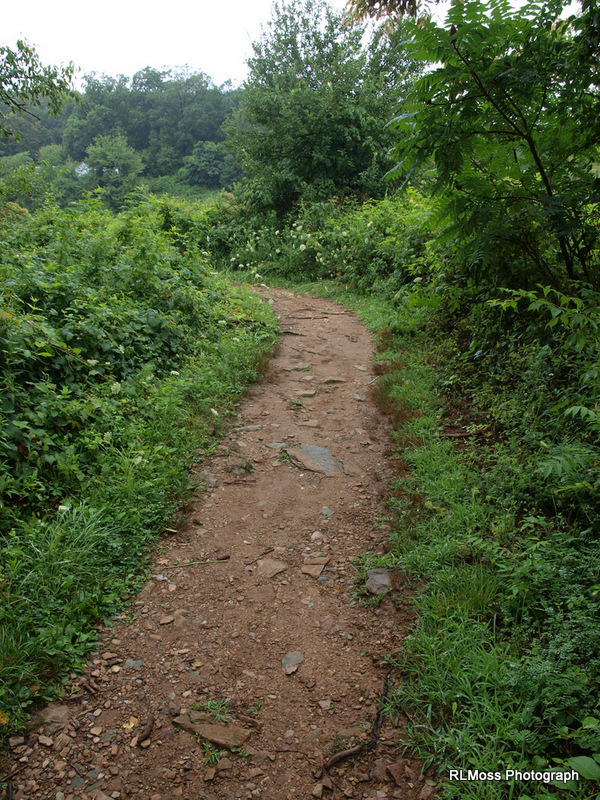
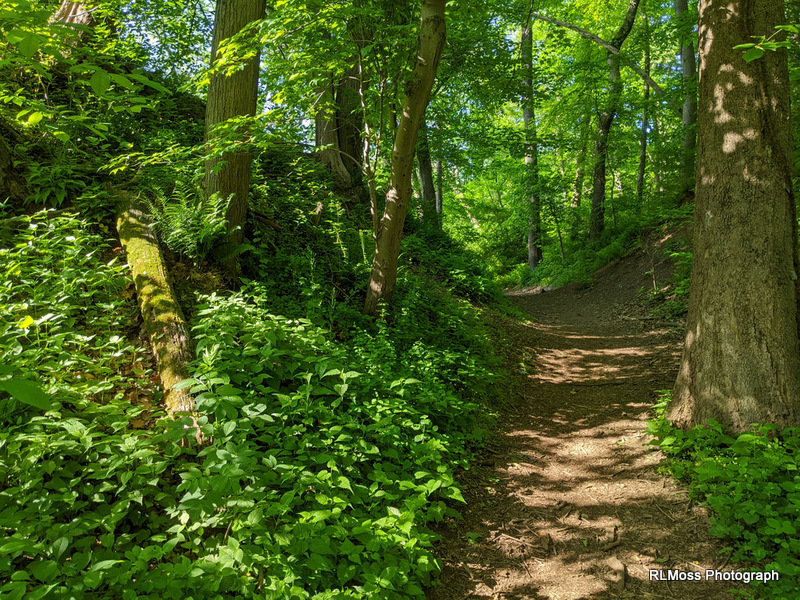
Many smaller and rougher trails can be found across the island.
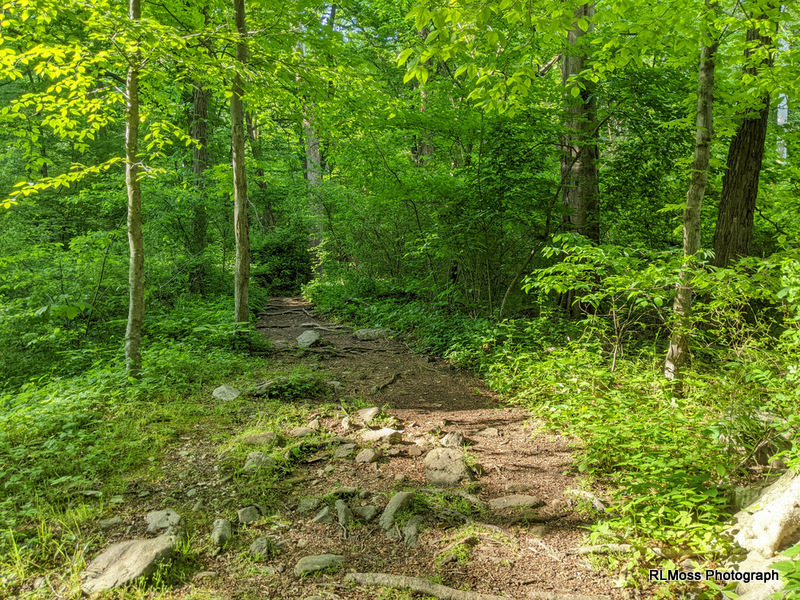
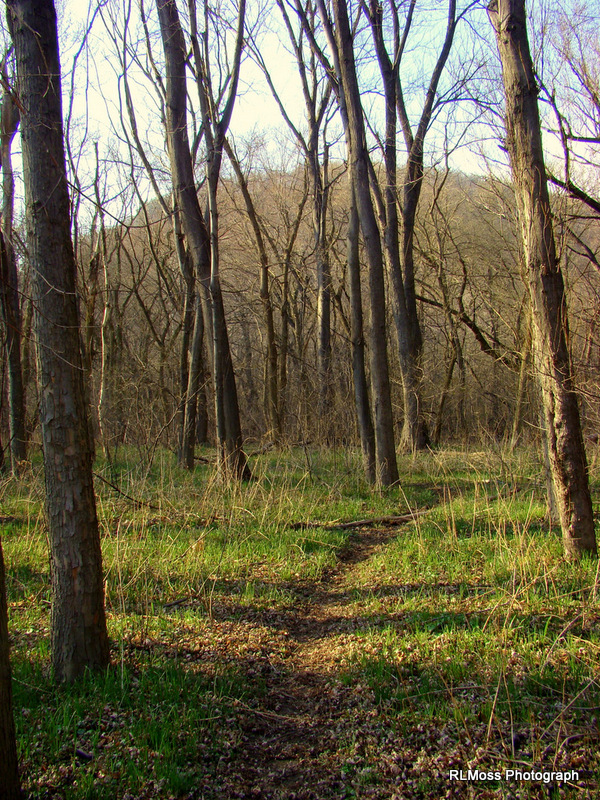
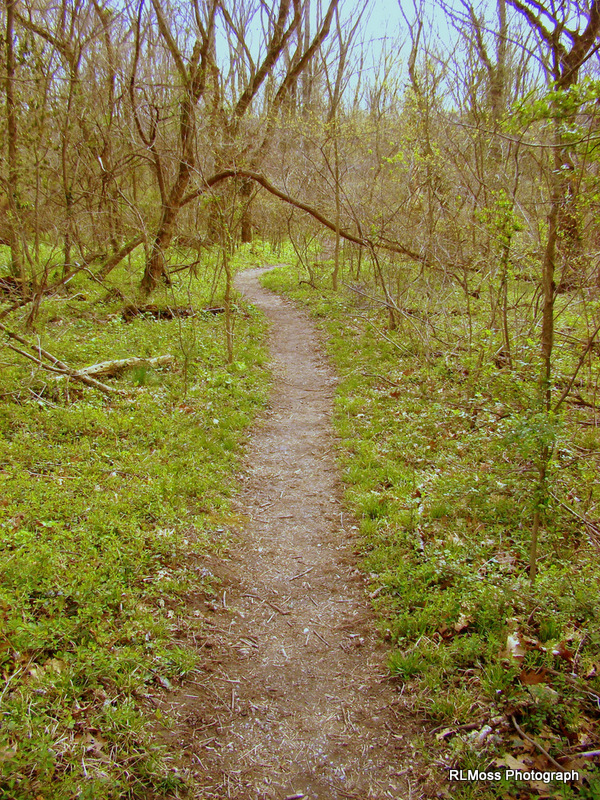
Exterior Caves
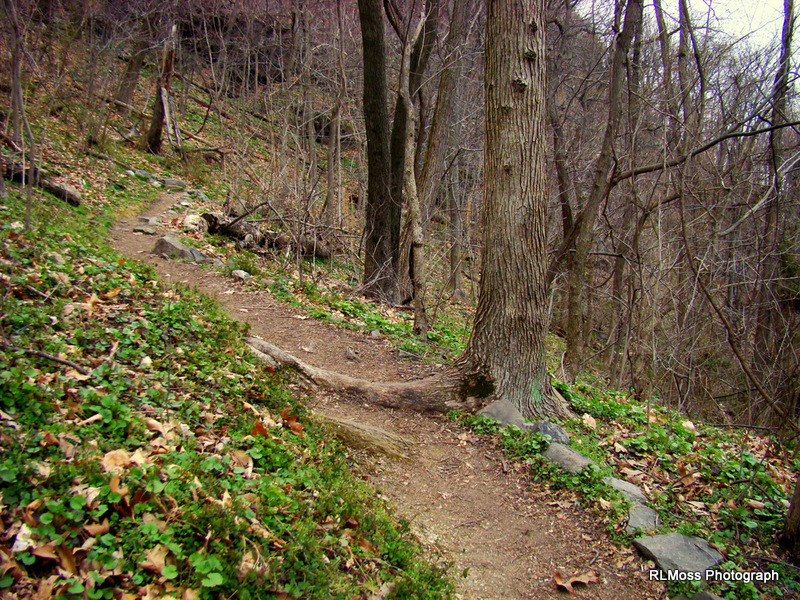
Dotting all sides of the mountain at every altitude and especially in the cliff face overlooking Surtr’s Twins are many small naturally occurring caves and a few artificially carved caves in which some dragons prefer to live and avoid the close interaction with those inside the mountain. Most of the dragons here still consider themselves part of the colony although some do not. All are subject to the alpha, however. (Well, all except for one particular skrill…)
The Far Side
The steeper slopes of the mountain opposite the village drop right into the ocean with almost no beaches, the slope simply dropping into the depths although thin strips of sandy rock line some of the base of the mountain here forming miniature beaches at low tide only.
These slopes are rarely traveled by viking, as it is easy to lose one’s footing unless on a well worn trail and in the wrong place a viking can tumble into the icy sea, risking being knocked senseless on the way down. Dragons will occasionally hunt and live on this side if they seek privacy and quiet. Caves still dot this side of the mountain, some intentional and others small natural caverns. None connect with the main tunnel network in the mountain.
This side of the mountain is home to a young fireworm hive, the queen being independent of the island’s colony and its alpha. She maintains a truce with Talon and while she is always in her hive her children she allows to roam the island and the main tunnel network in order to provide light and reduce the insect population of the island for the other residents.
Djull – Brutish Capitol City
The capitol city of the Brutish Tribe and lead by the tribe’s High Chief Erik Unn. This is the center of trade for the tribe with a great marketplace at the center of the city and one of the largest ports in the known world although only trusted traders and merchants are permitted to come to the city. The shipyards also turn out innovated new ways of building ships from time to time.
There are many generations of structure here and in many different styles. Some of the more successful merchants even have homes of stone construction rather than wood.
Meals and meetings take place in a large stone and plastered wood structure that serves as the Great Hall, however most feasts and celebrations take up most of the village plazas and roads due to the population.
Other Brutish Villages
Village of Northern Coast
This village is lead by a chief named Sten. They collect fresh springwater into barrels for water shortages around the empire and for use by ships’ crews, they also are skilled at trap fishing and grow crops for supplying other villages.
Village of Halsgrof
An inland village beside a large lake where freshwater fish are bred and harvested for trade. They have grown a forest of medicinal trees such as willow and maple and grow herbs in the sunny slopes and mountainsides around the lake. The chief here is named Njal.
Village of Hjallforjt
Chief Troels leads this agrarian village. The village is surrounded by apple and cherry orchards, bee hives and mead stills, and rolling hills full of fertile farmland where root crops and berry bushes are abundant.
Village of Fjallholt
This Slowly traveling village is a community populated primarily by lumberjacks. They sustain most of their food needs with a handful of farms however the village is not entirely permanent and will occasionally relocate and build new or rebuild old structures in order to be closer to the mountainsides they are clearing of trees to provide strong lumber for ship and building construction throughout the tribe’s other villages. Currently they are lead by Chief Udar and have recently rebuilt what was the original location of the village generations before now that those trees have regrown enough for harvest. They cut many of these trees into planks or masts on site and then transport the goods to the same docks no matter where the village is. Smaller branches and leftover pieces from milling the trees is converted to charcoal and stored in barrels for transport.
Minetown
Another occasionally relocating village, Minetown is a loosely organized group of community clusters across a wide area of mountains lead by Chief Gorm. Between these clusters of homes and gardens are routes for exchange and carrying goods to joint docks where Brutish ships carry their goods throughout the empire. These communities each serve different mines which together provide much of the ores and coals used by the villages.
Village of Dyjubofl
This village is both an outpost and the second largest community in the tribe. Chief Arne governs over this settlement which is mostly self sustaining and serves as a trading post to reduce the risk of unfamiliar traders arriving at the capitol and extra storage for the tribe’s goods in case Djull was to be raided or damaged in a storm.
Ránfjall – Mountains of the Siren
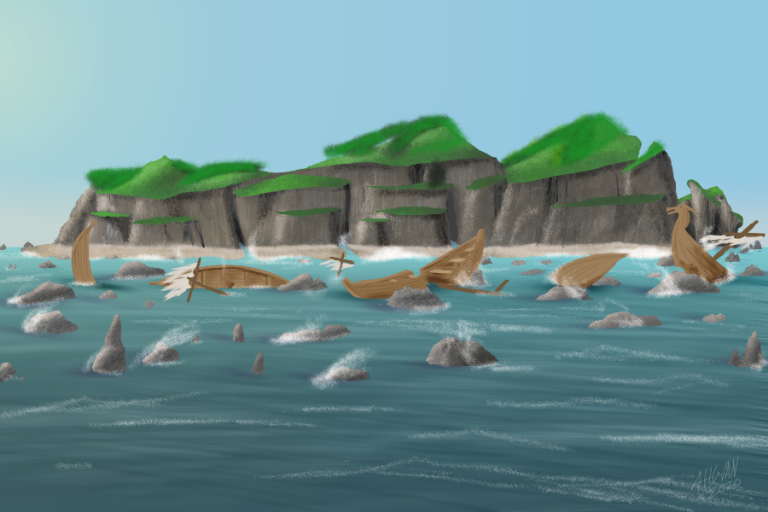
It is said that the sea goddess Rán casts her net into her domain and dooms any man who she lures within it to drown in her waters. Some believe that this is a literal truth in this place.
Ránfjall is a large mountain island towering above the sea between Dragon’s Rest and Iceland. Though a beauty to behold from a distance, the waters surrounding this island are treacherous with shallow rock and sand features that are littered with the remains of ships which ran aground. Looking past the waters and high cliffs it appears to be lush with bountiful fresh water springs and fruit groves making it an attractive place to attempt to take provisions for those who have never heard the tales.
None who have landed on the beach of this island have ever been seen again, and very few survivors have ever been found adrift from the wrecks here. The stories they tell are of the allure of the place, the smells of wonderous sweet foods drifting from the land and the most beautiful music echoing through the deep ravines leading to the hidden center of the island. They also tell of the screams and cries of their crew who ventured into the island being cut short as if they were all slain in their terror. Even dragons are drawn to the place, acting as if mesmerized by the music and obediantly flying toward it never to be seen again.
In reality, this is the home of the Deathsong, Songwing and Slithersong as well as some other dragon- and human-eating dragons. The various species live together mostly in peace working to lure prey to the island as a colony, although there is no guarantee that they will not be their neighbor’s next meal.
Feigrstadr – The Place of Doom
Northwest of Dragon’s Rest, northeast of Ránfjall and southeast of the waters patrolled by the Outcasts and their pirate ships is a tight cluster of rocky islands known as Feigrstadr meaning “Place of Doom.” Like Ránfjall it is land that few have ever set foot on and survived, but here the reason and horrors are known. Some of the most vicious dragons known to the world live here, most notably the Deathgripper.
There has never been a map made of this island as it is always enveloped in a haze of smoke, steam and fog. Tall rock pillars sometimes appear through the top of the haze, possibly at the top of tall mountains. Those who have risked everything to step on the island talk of it being barren and gray. Constant magma flows slowly expand the size of the island and contribute to the haze that hides the island’s features. The threat of poisonous flying dragons that spray boiling acid is enough to lead most ships to keep the island on the distant horizon as they go out of their way to avoid approaching it.
Iceland
There is very little to say about Iceland. A few small villages have been formed here, mostly by groups who wanted to break off and begin their own tribes. They tend to trade food and ores mined from the land for supplies that they need to survive whenever a trader comes by.
There are rumors of large dragons farther inland, but no one has ever been able to prove this.
Scotland
To the south of Dragon’s Rest is the northern coastline of Scotia (Scotland). There is minor trade with the Scoti in the west and there was significant trade with the Pict tribe along the eastern coast before their prince declared war on the tribe. The Scoti and Pict are gaelic/celtic tribes, and while they do not fight dragon hunters they do not agree with the idea of killing dragons, revering the creatures. Like the vikings these tribes will sometimes use them in designs.
The Angles (English) people of Northumbria (England) dabble in dragon hunting themselves, sometimes treating the task of killing a dragon as a notable feat. The Ragnar tribe bases itself in a city at the location of present day Hull.
Hunter Outposts
Dragon hunting and trapping is a challenging career, and an industry which requires a quite a large amount of infrastructure. Much of their work involves being mobile with ships scouting, tracking and capturing dragons at sea and in traveling from island to island. To make efficient use of their time the various hunter tribes have set up networks of outposts throughout the archipelago which serve as bases of operation. Some are shared by the tribes while others are owned by a specific tribe or even individual hunters. In addition to outposts there is a great city farther inland where many trades and sales take place.
Hunter City
The Brutish tribe hasn’t had much interest nor the means of learning much about the hunter city. This is a large city at the location of modern day Copenhagen, Denmark where all hunter tribes converge. Many of their top leaders spend their time here rather than out sea drawing out plans and discussing orders and trade agreements. The dragon market and equally large trade market here are exceptionally large and attract customers from far away and dragon fighting arenas have developed a tourist trade as well making it a hub of activity.
The city, like all hunter communities, is very well defended.
Mainland Outpost
What two decades ago had been a peaceful fishing village is today a large outpost for the hunters. In its own right the outpost could be called a city with a population of several hundred hunters and their families. Many families of hunters aboard ships live here or the Hunter City as well. It is located where present day Gothenburg, Sweden would be found.
It is here that dragons captured throughout the archipelago are often brought to be…processed…however that may be done. Large stone buildings with heavy flat slab roofs, partially sunken into the ground house row after row of dragon cages, and warehouses and rows of covered pits store dragon products awaiting shipment to the hunter city.
The port here is capable of handling two dozen ships at a time.
Smaller Outposts
Scattered around the archipelago are small outposts, villages built upon islands that can sustain them. Some families of active hunters live in these villages and they support the ships that scout and capture dragons. Hunter ships will take on supplies here and then travel to catch their quota of dragons. Larger ships transport their catch to the mainland outpost, city or other marketplaces and return with supplies, capturing additional dragons during the trip.
Sometimes, individual hunter groups with smaller ships will set up port outposts with single fort towers containing their own dragon pens, living areas and defensive positions within the same structure. Erit’s fort in HTTYD2 had been one such outpost.
Outcast Waters
The Brutish tribe, like the people of other tribes and lands in the area, often allow those who break their laws to make up for their crimes and continue to be a part of society. Some criminals however cannot be trusted any longer or are deemed dangerous. For many years these were exiled from society, left adrift at sea. Since those days they have formed their own tribe, known as Outcasts.
There are several Outcast tribes in the archipelago and the closest make their home on an island north of Iceland. This is not the same tribe of Outcasts that Berk deals with. The “Southern Outcasts” as they like to be called fancy themselves as pirates and often raid small viking villages and trade ships. They steal anything that they can, especially food as their island only grows a limited selection of foods.
The Outcasts claim the waters for quite a distance and many maps now show what waters to avoid unless you want to be guaranteed an attack by these ruthless roughians.
The Wild Archapelago
Unlike the Greenland Sea that exists in our reality, the Viking Greenland Sea of the HTTYD world is filled with hundreds of islands of many shapes and sizes. Most of these are too small and barren to sustain life but make good resting places for long flights. Others are like Dragon’s Rest and are large and lush with forests and grass and lakes and populated by various species of wild dragon. As the server grows, more of these islands may be given names and channels but for now they are free game for use in stories abroad during trade, travel and scouting.
Timeframe
The Viking era is a relatively short period in real history, and applies to a period when people of this area were expanding and conquering other lands outside of what we think of as the archipelago. There is no date set for the events of the movies however the various maps seen in film place the franchise in a parallel version of the real world with a few geographic exaggerations. Because of this, we can assume that the events of HTTYD take place before the viking era began and Hiccup may have been one of the first to lead grand expeditions which began before 800AD. With the presence of warlords from the south in HTTYD3 we can also claim that they perhaps were descendants of those left in power when Rome left Britain and France around 400AD.
With that said, we will say that Hiccup met toothless sometime around 690-700AD, and this server is set about 630AD.
TLDR: This RP takes place a long time ago and about 60 years before the events of the first HTTYD movie.

